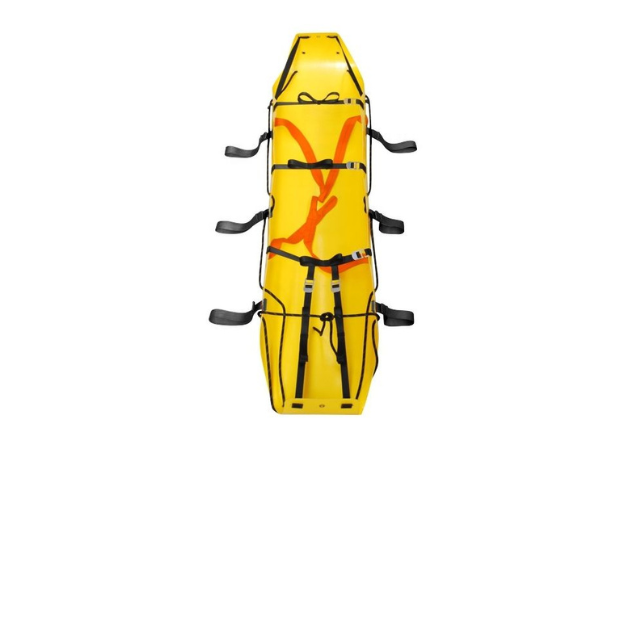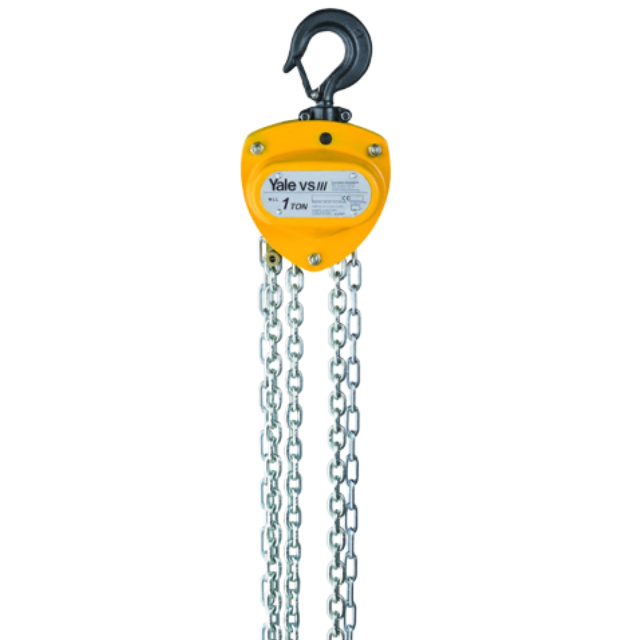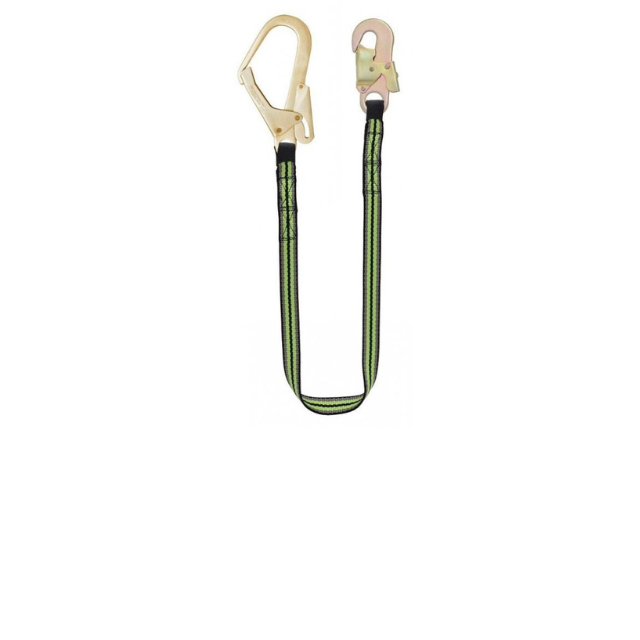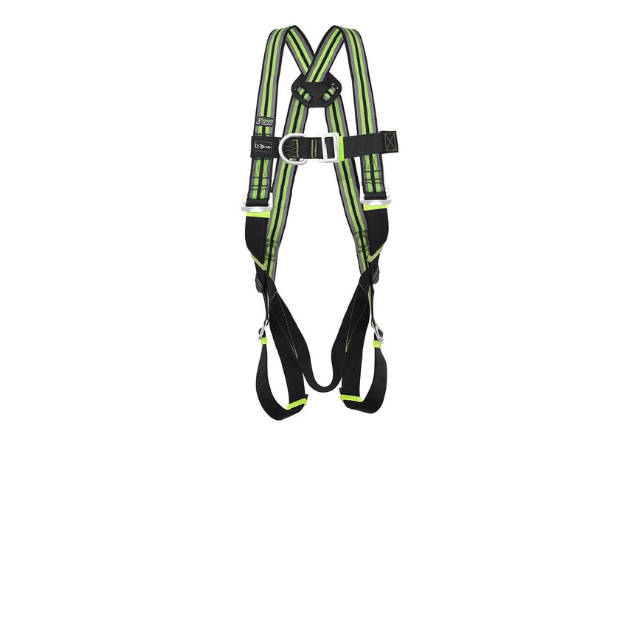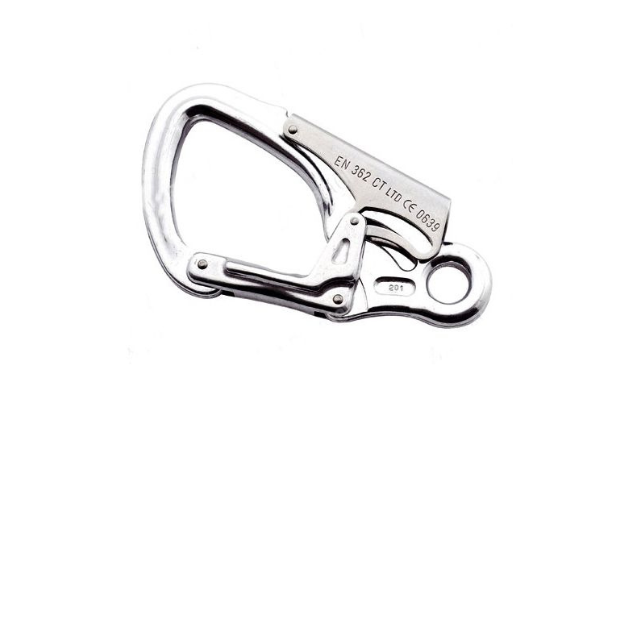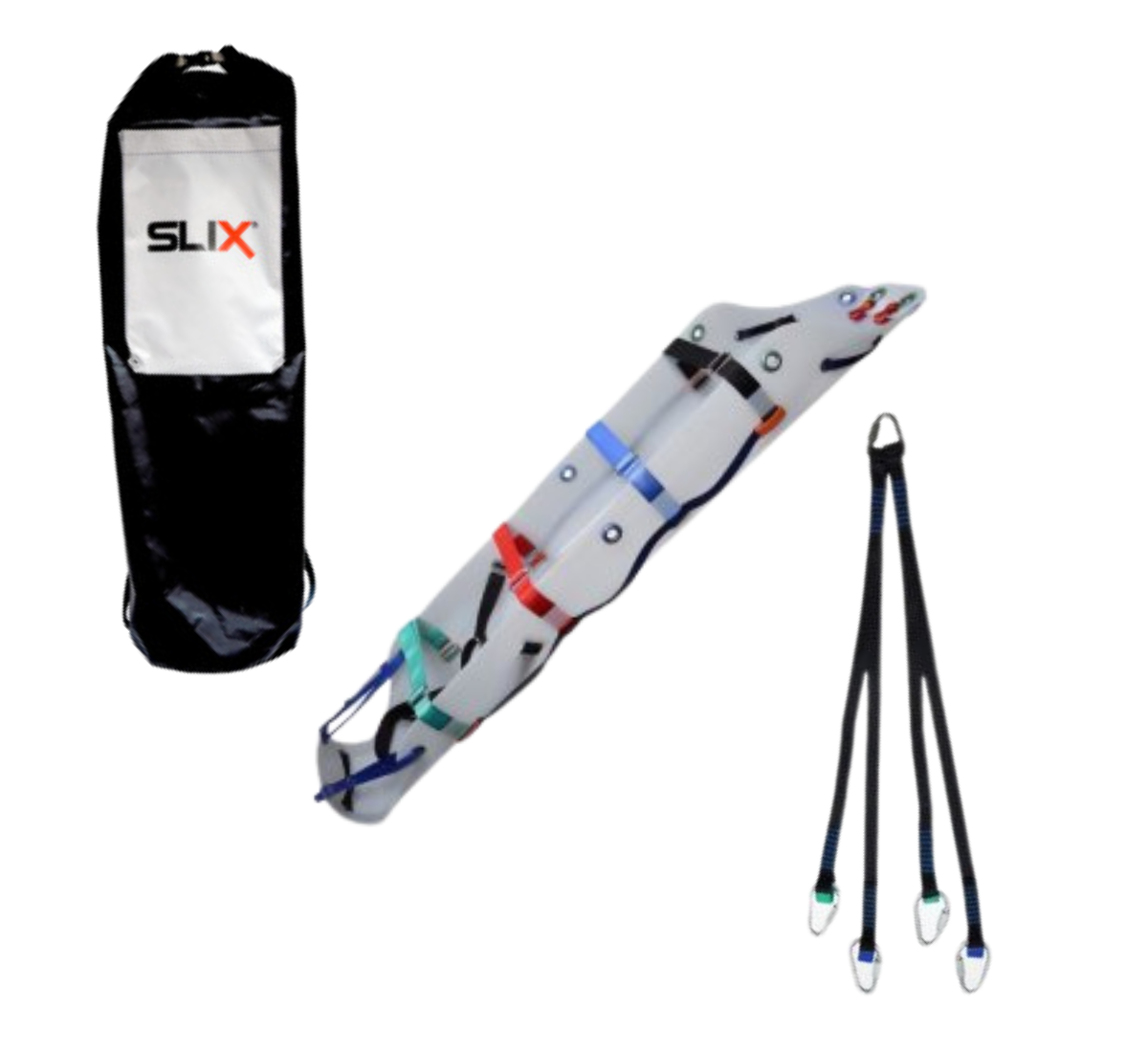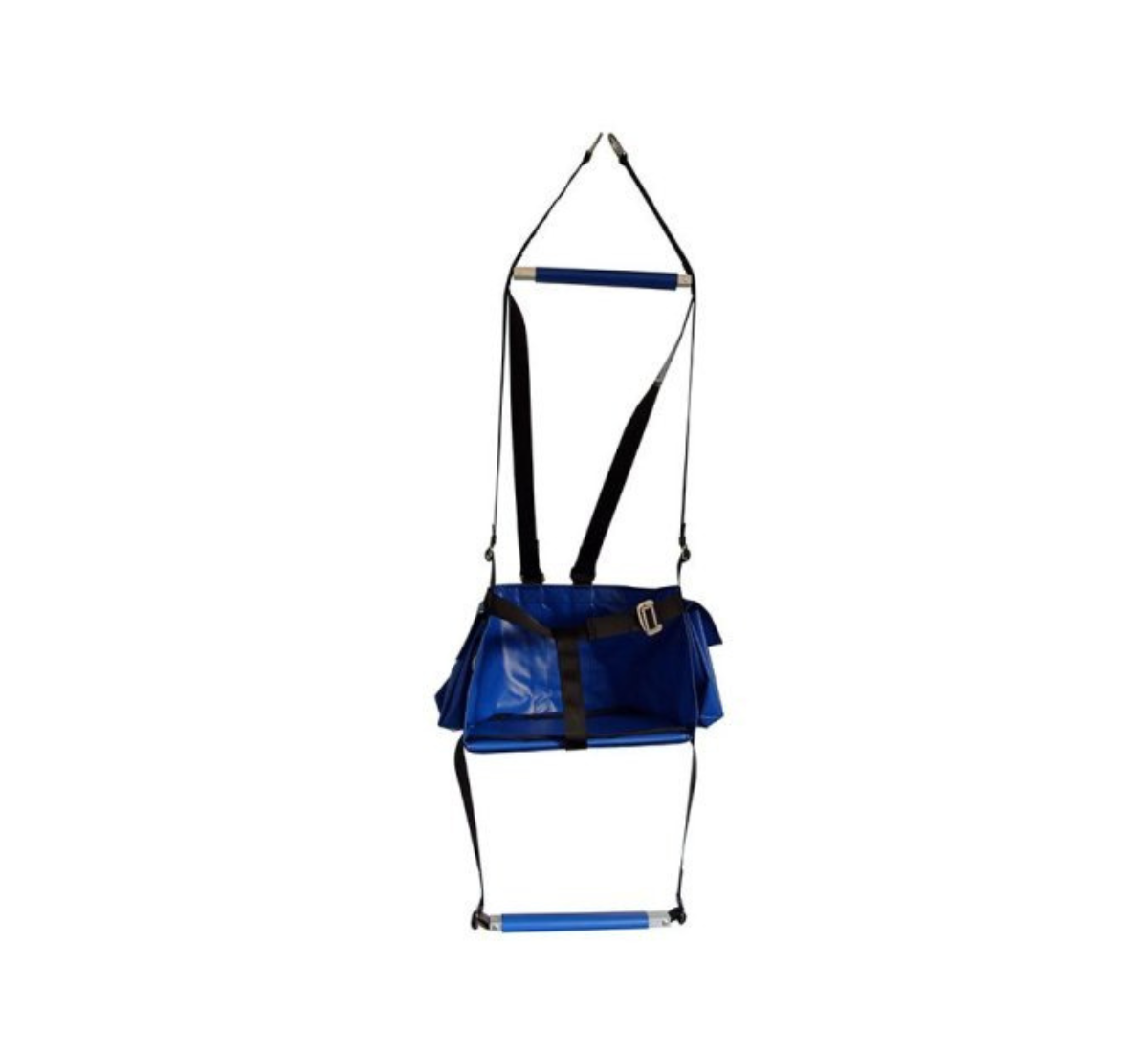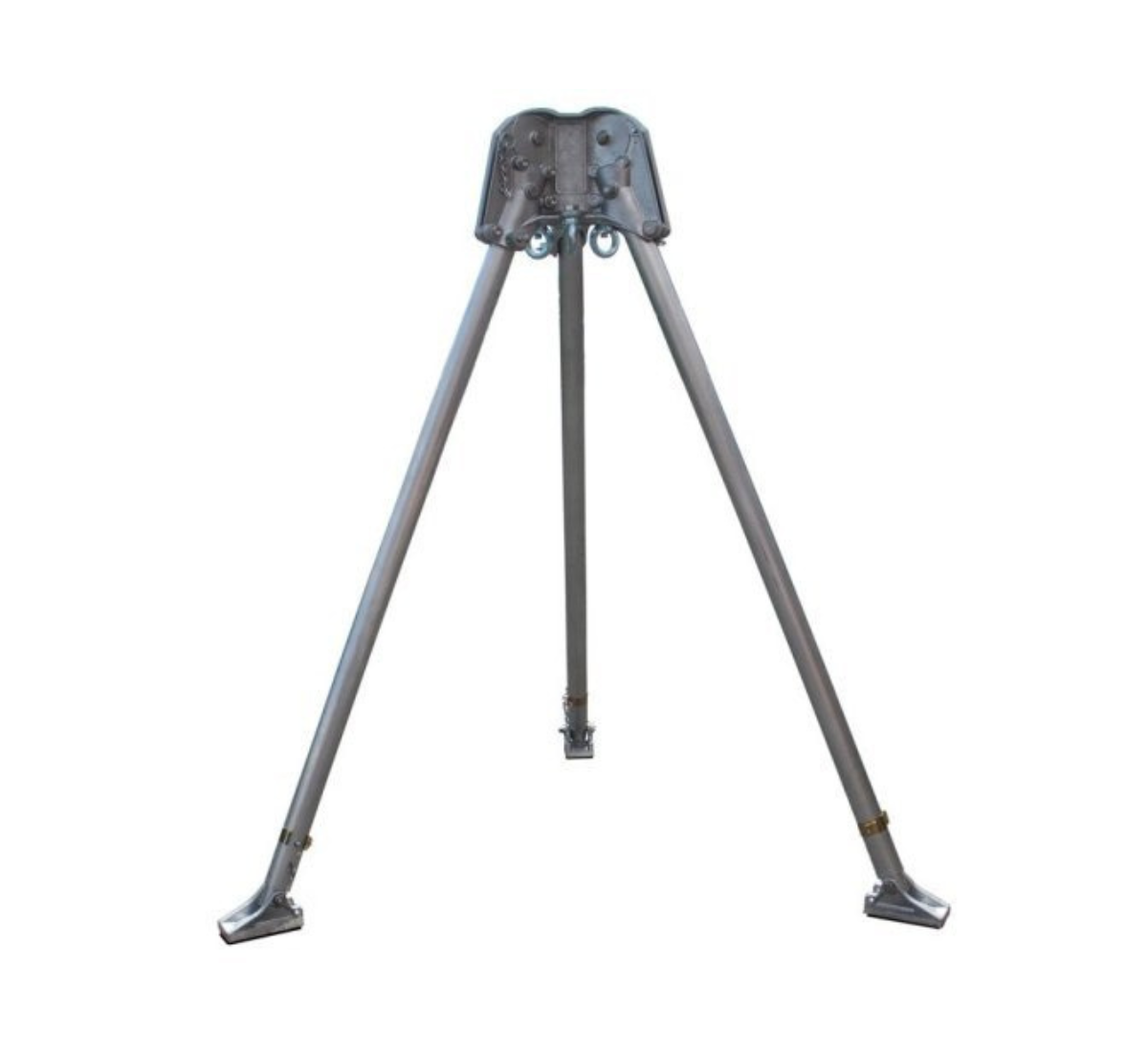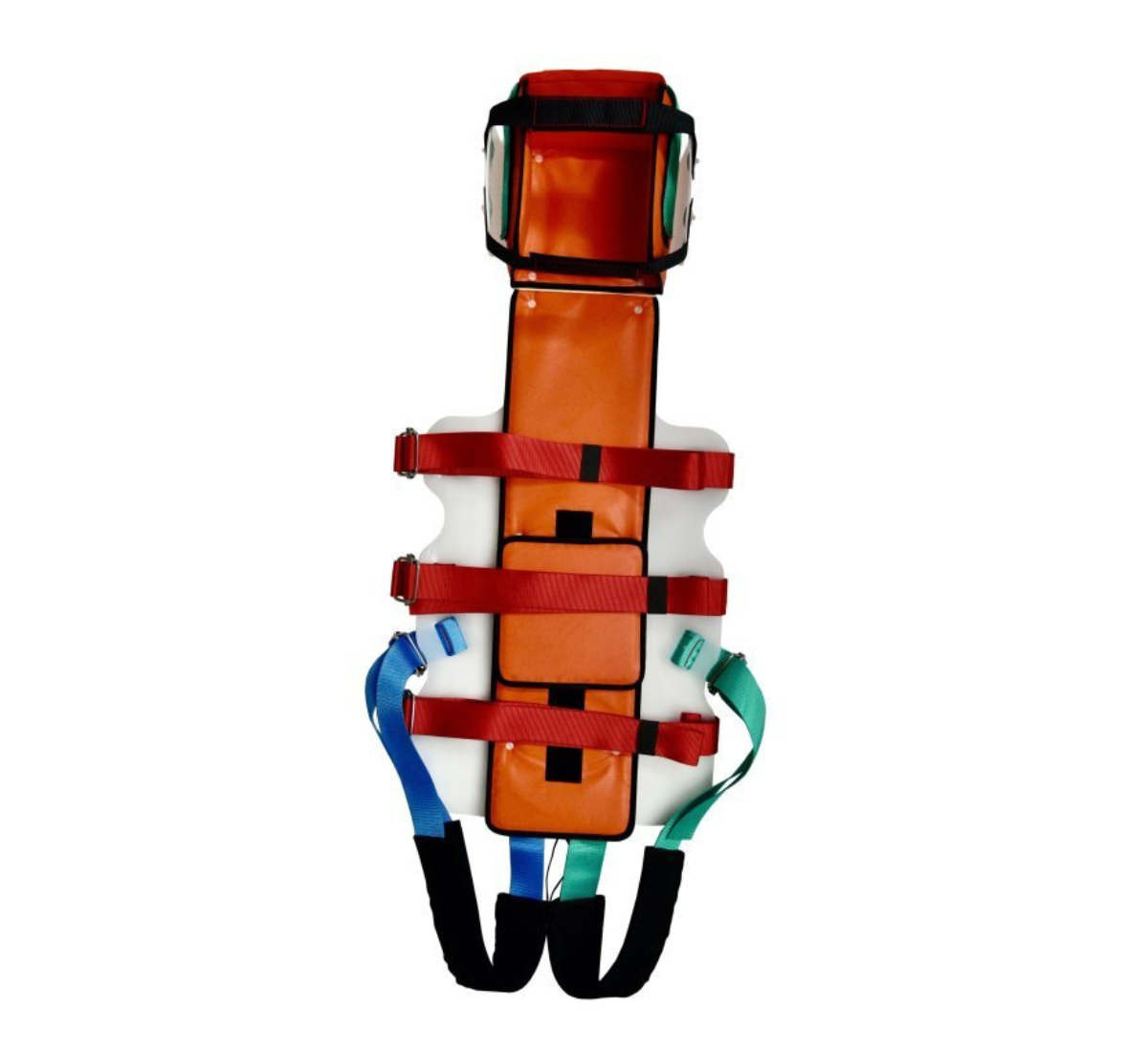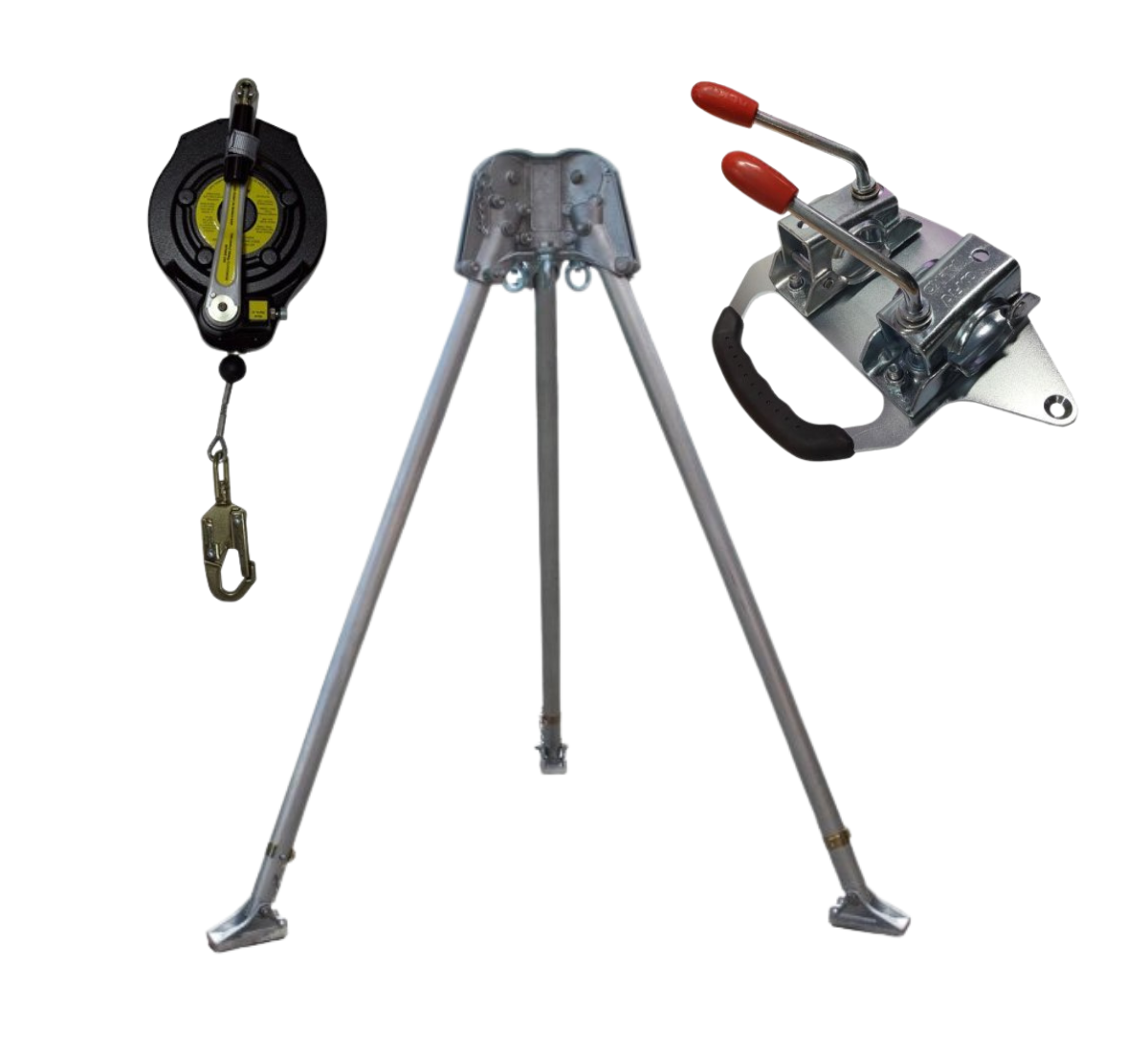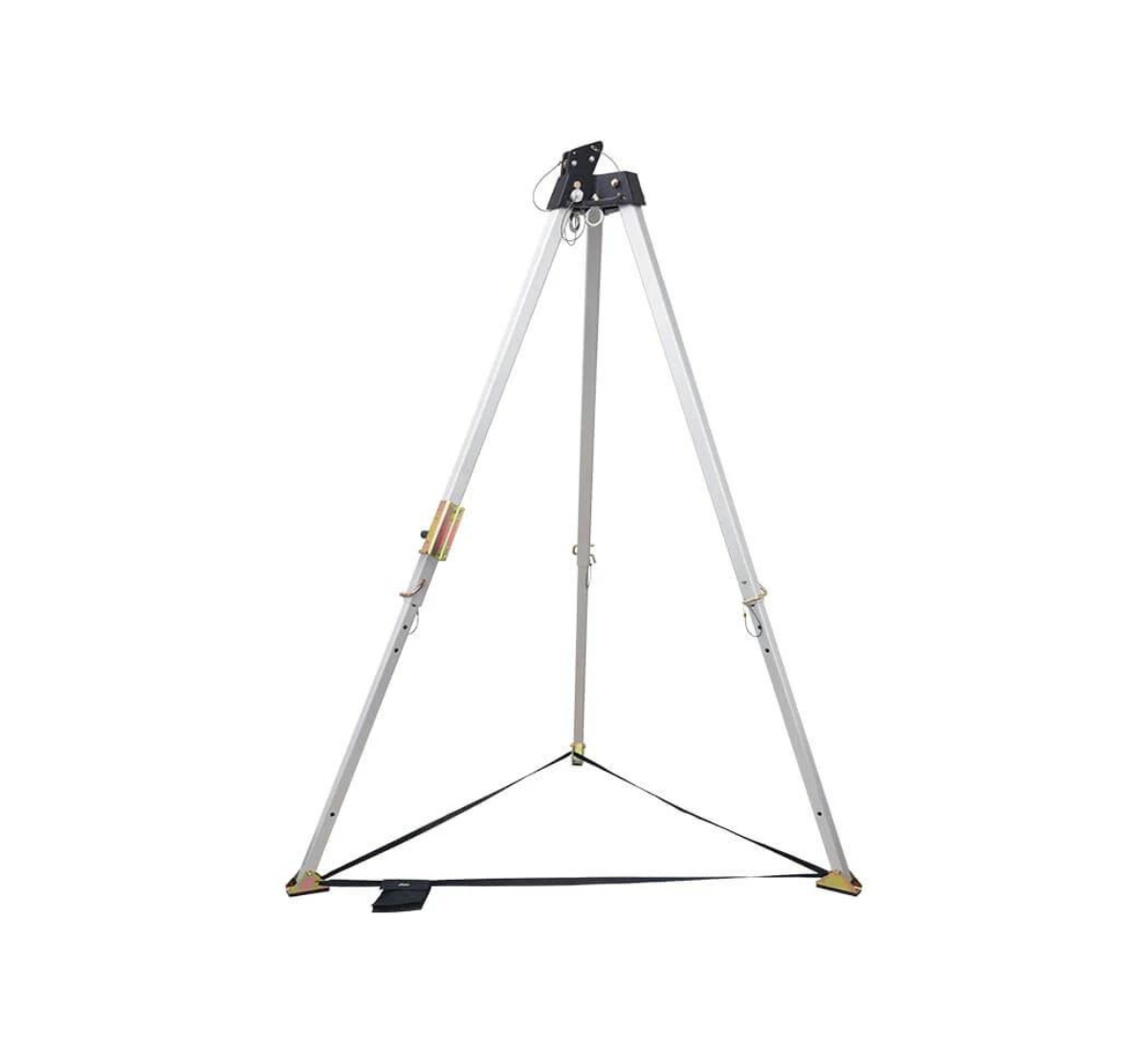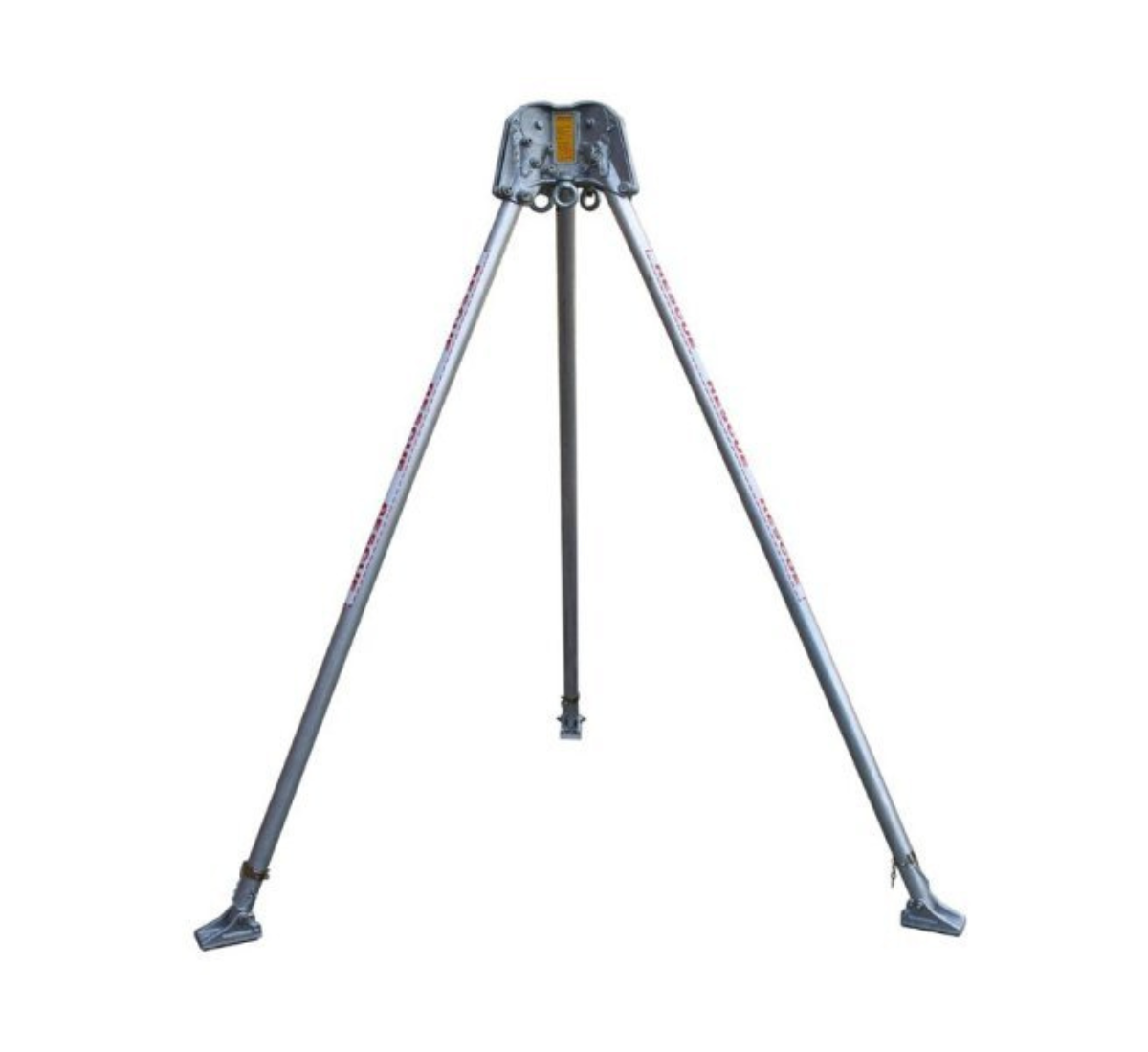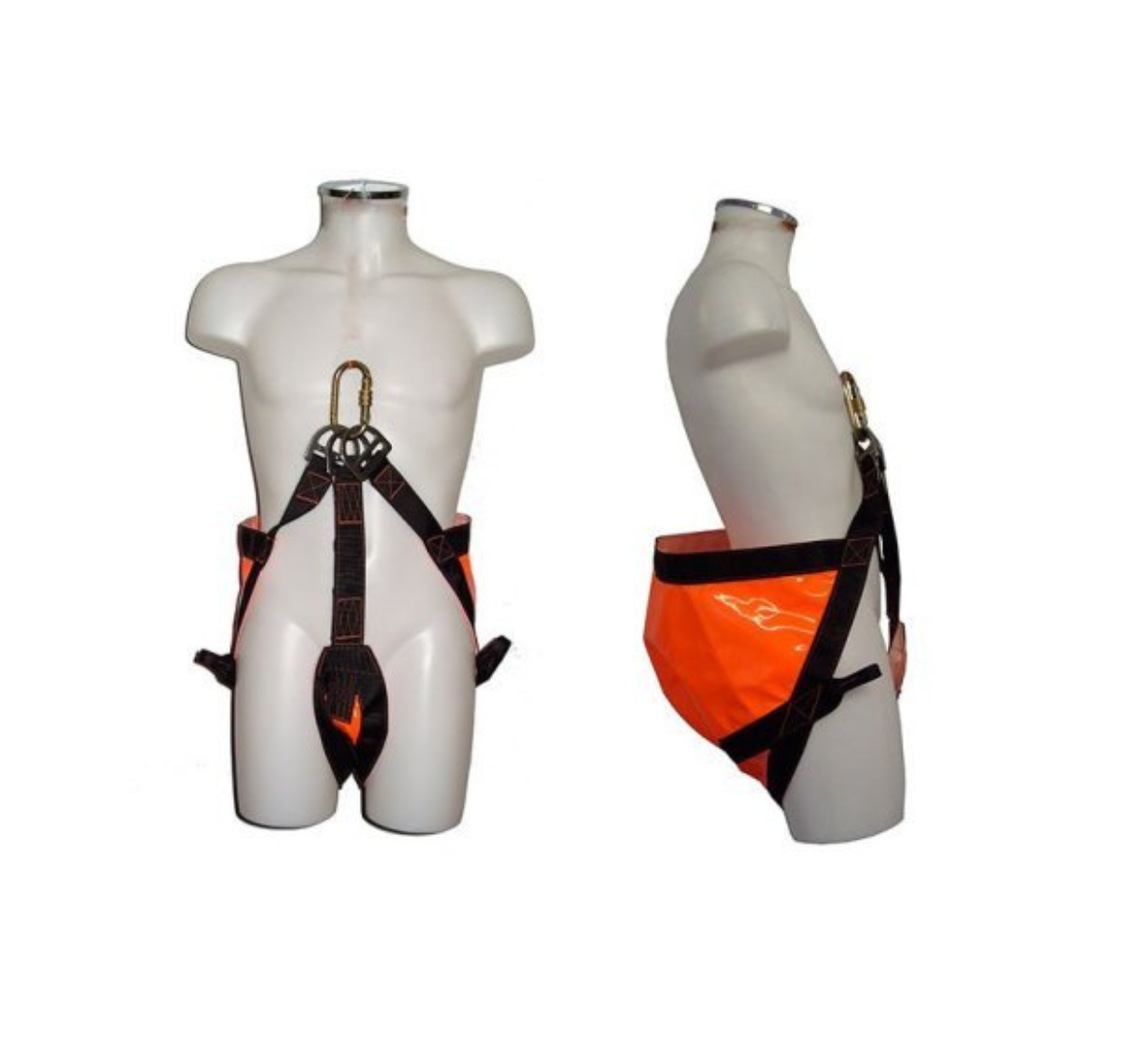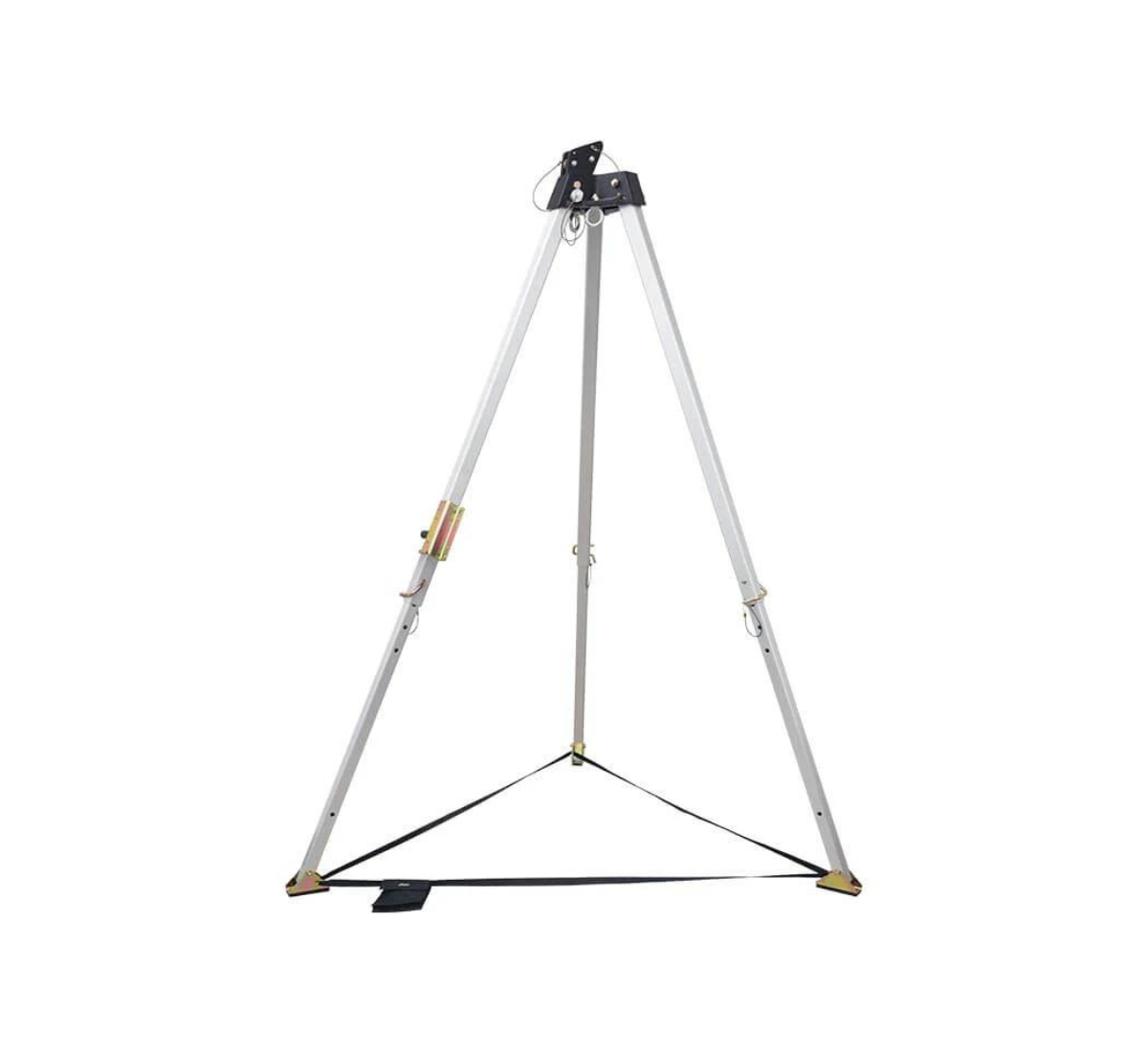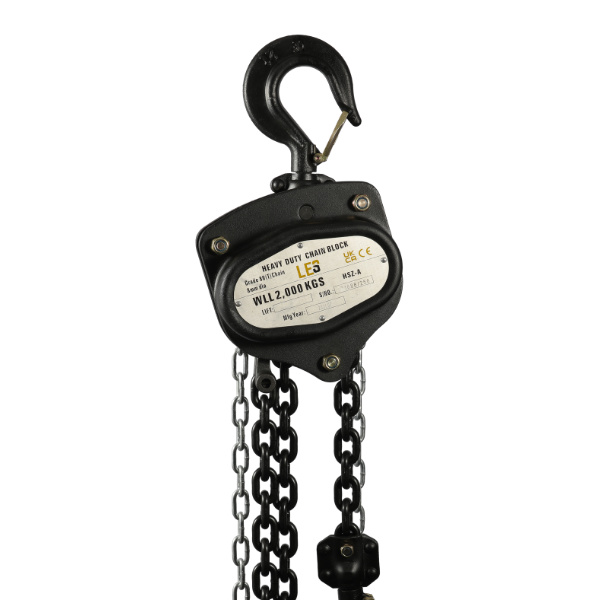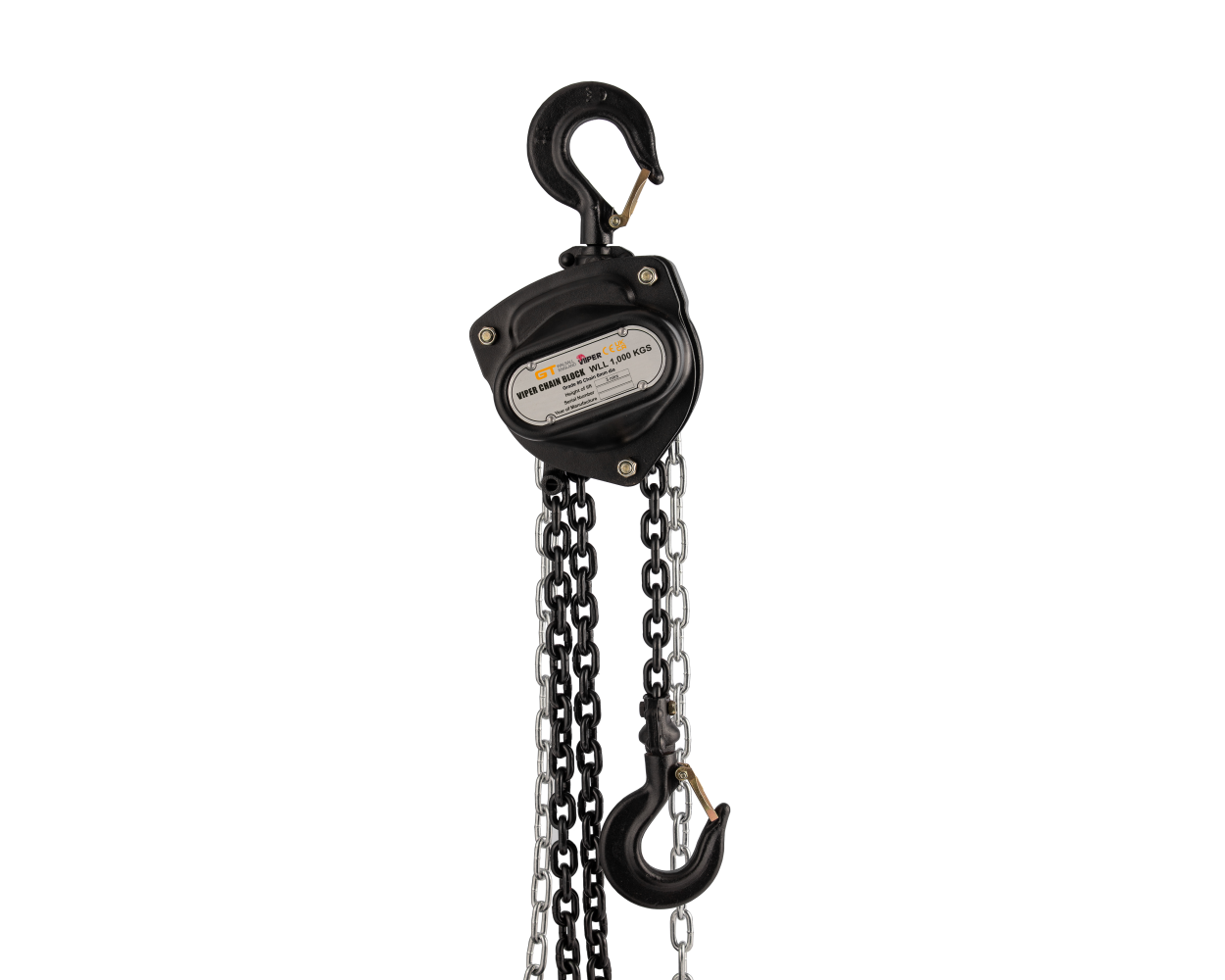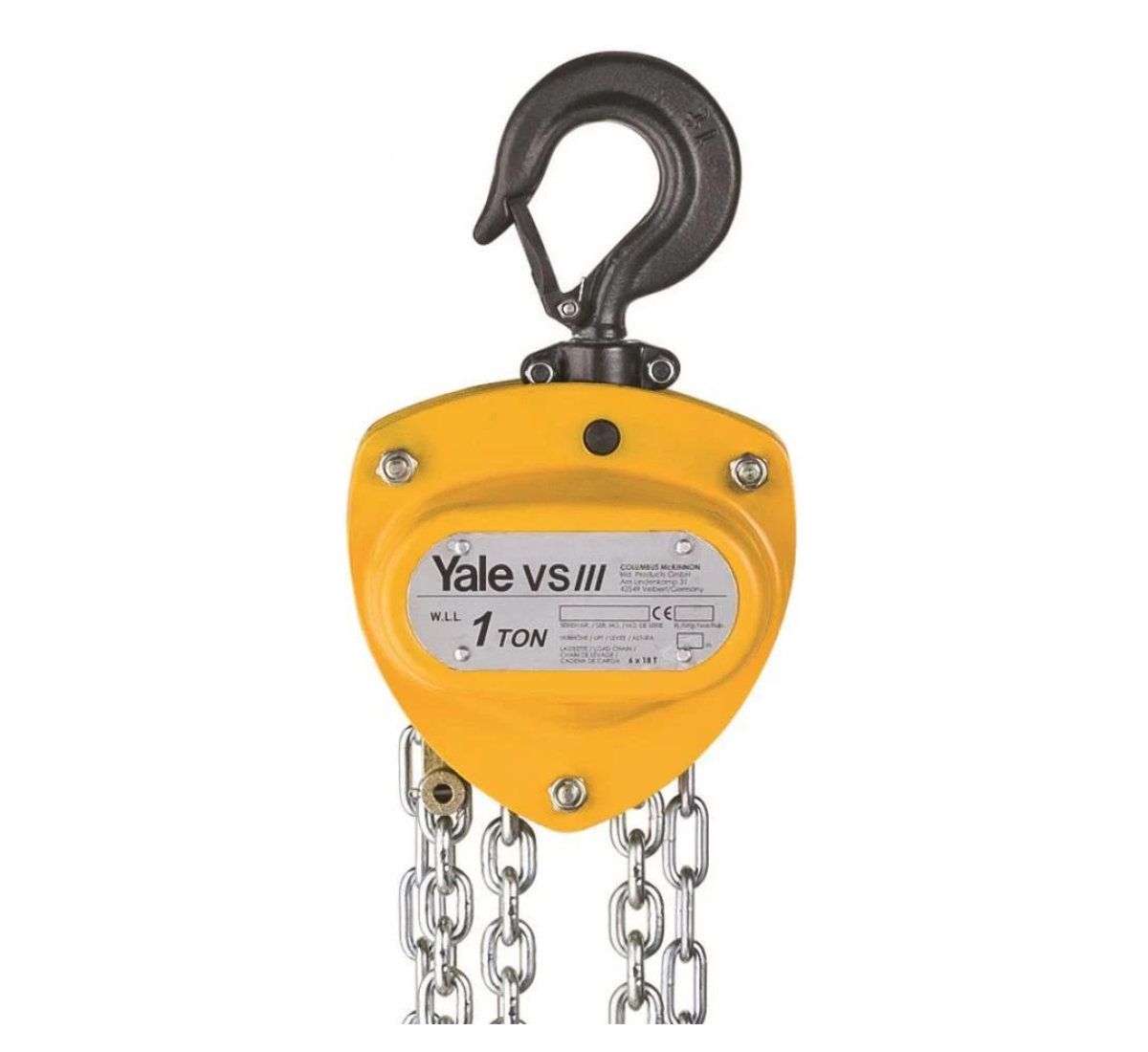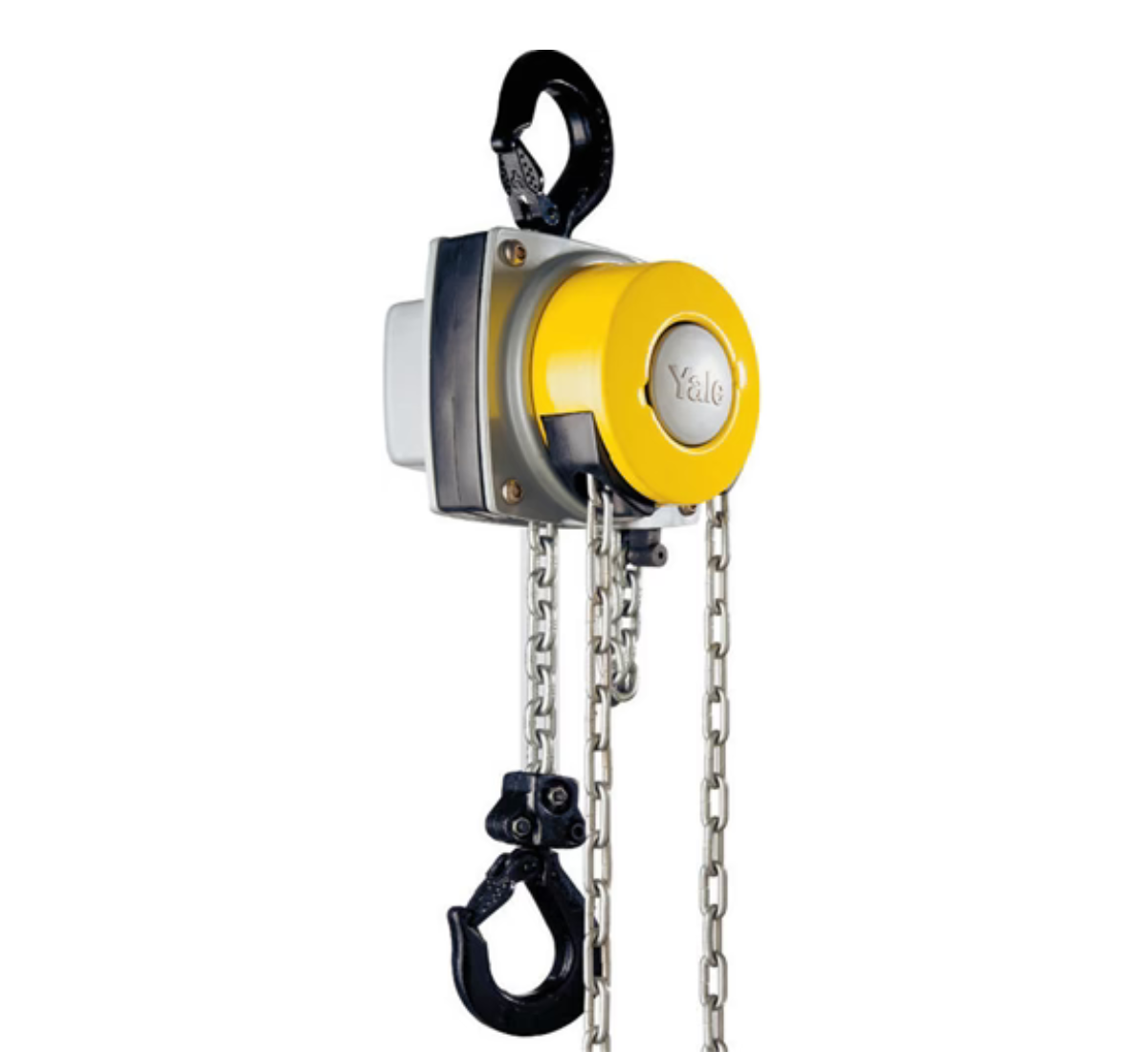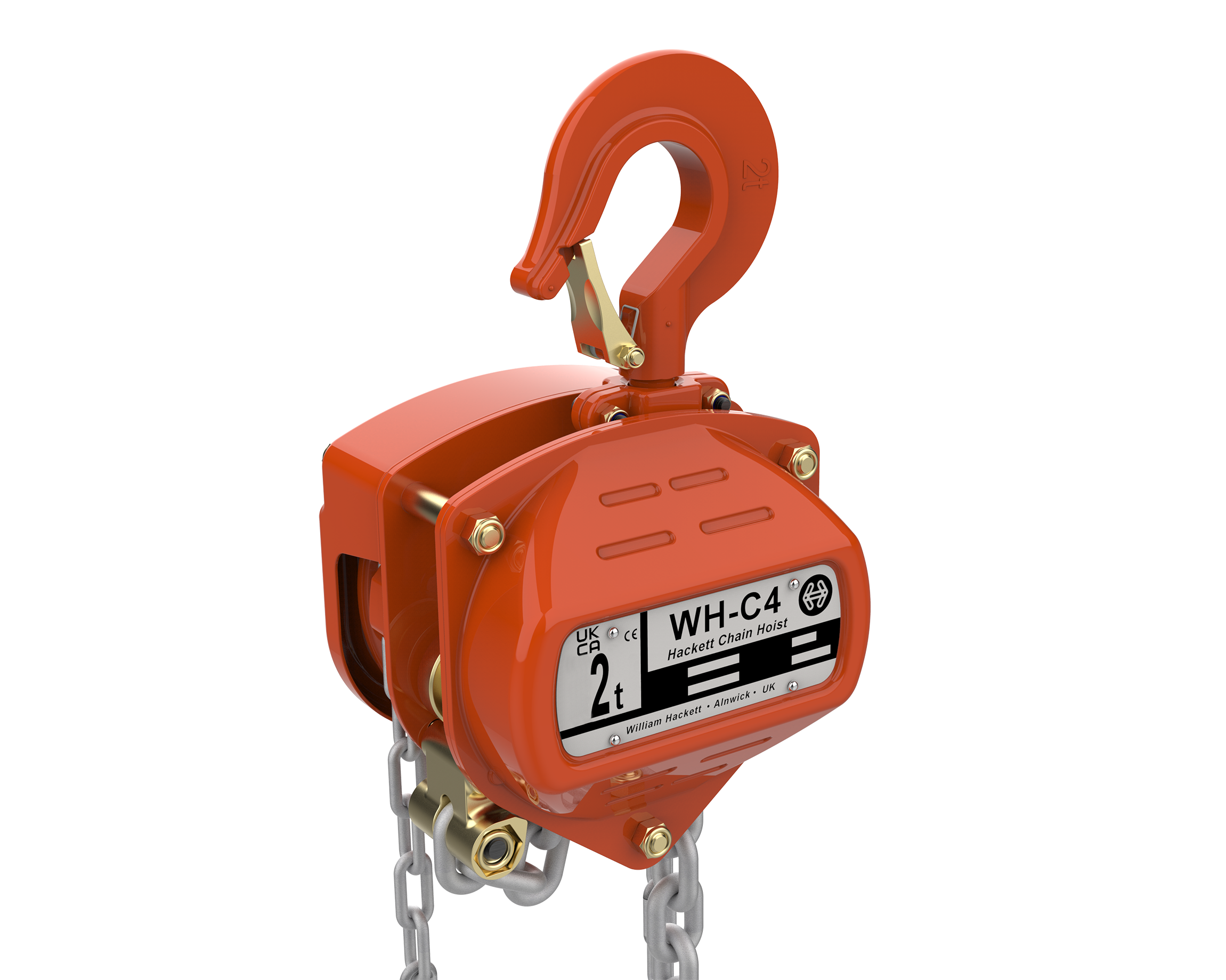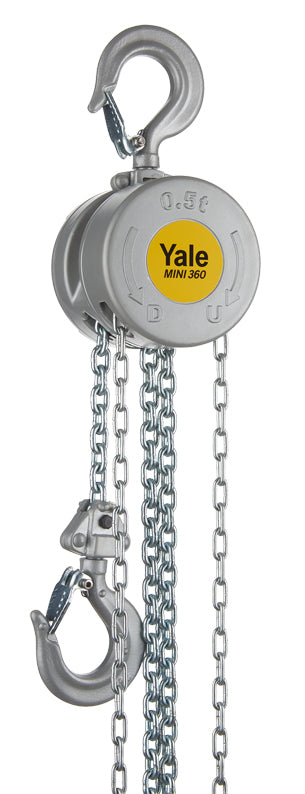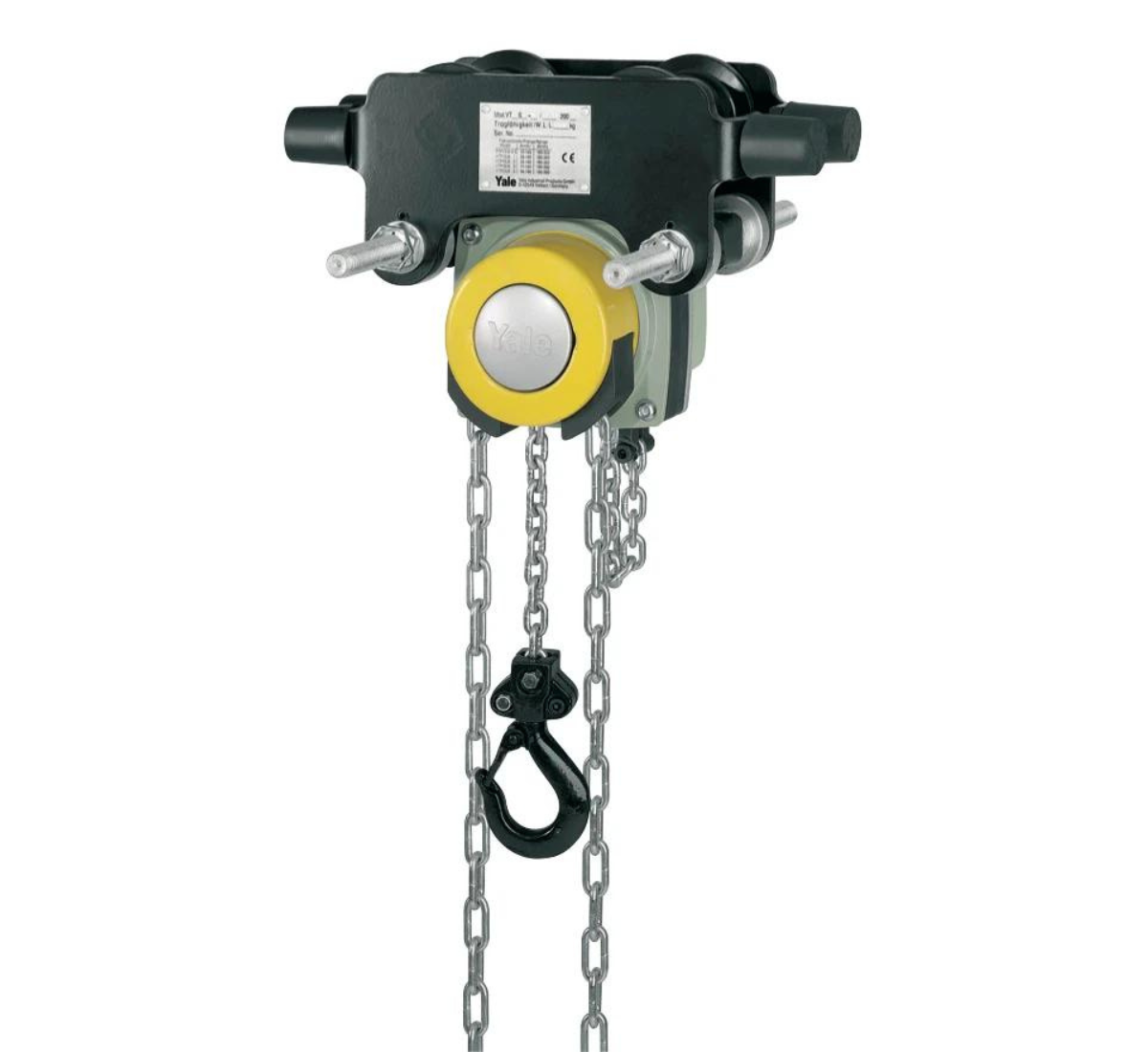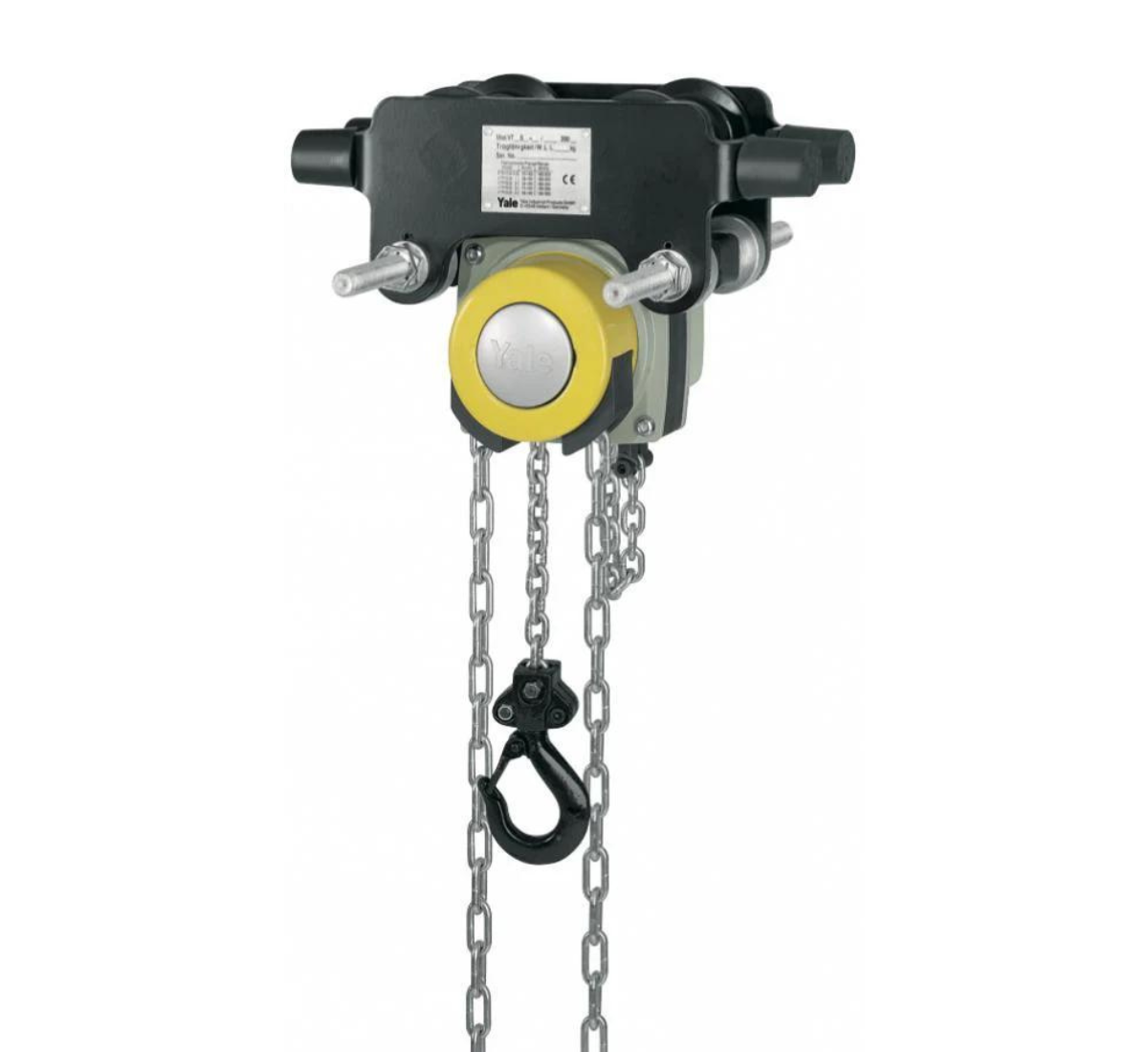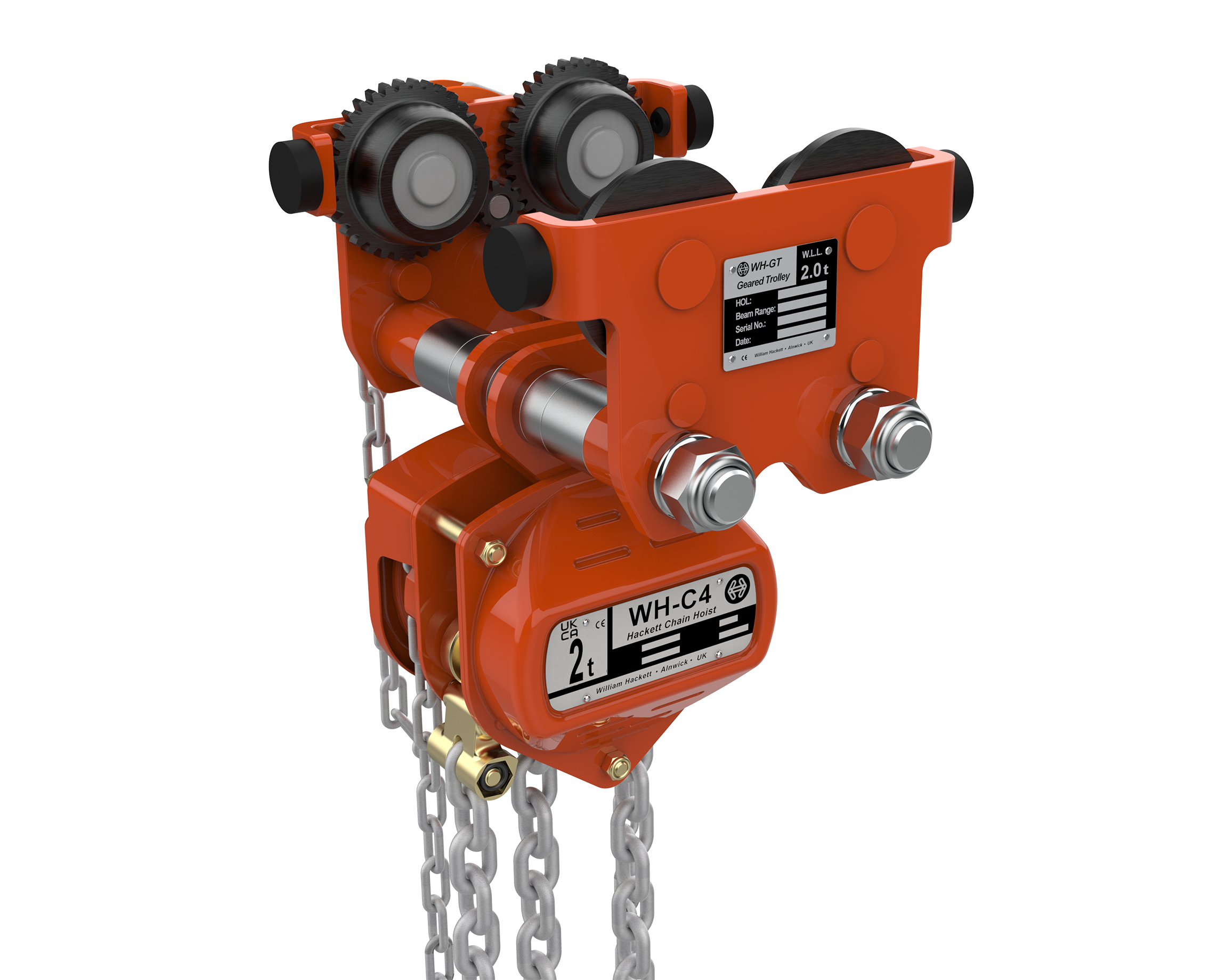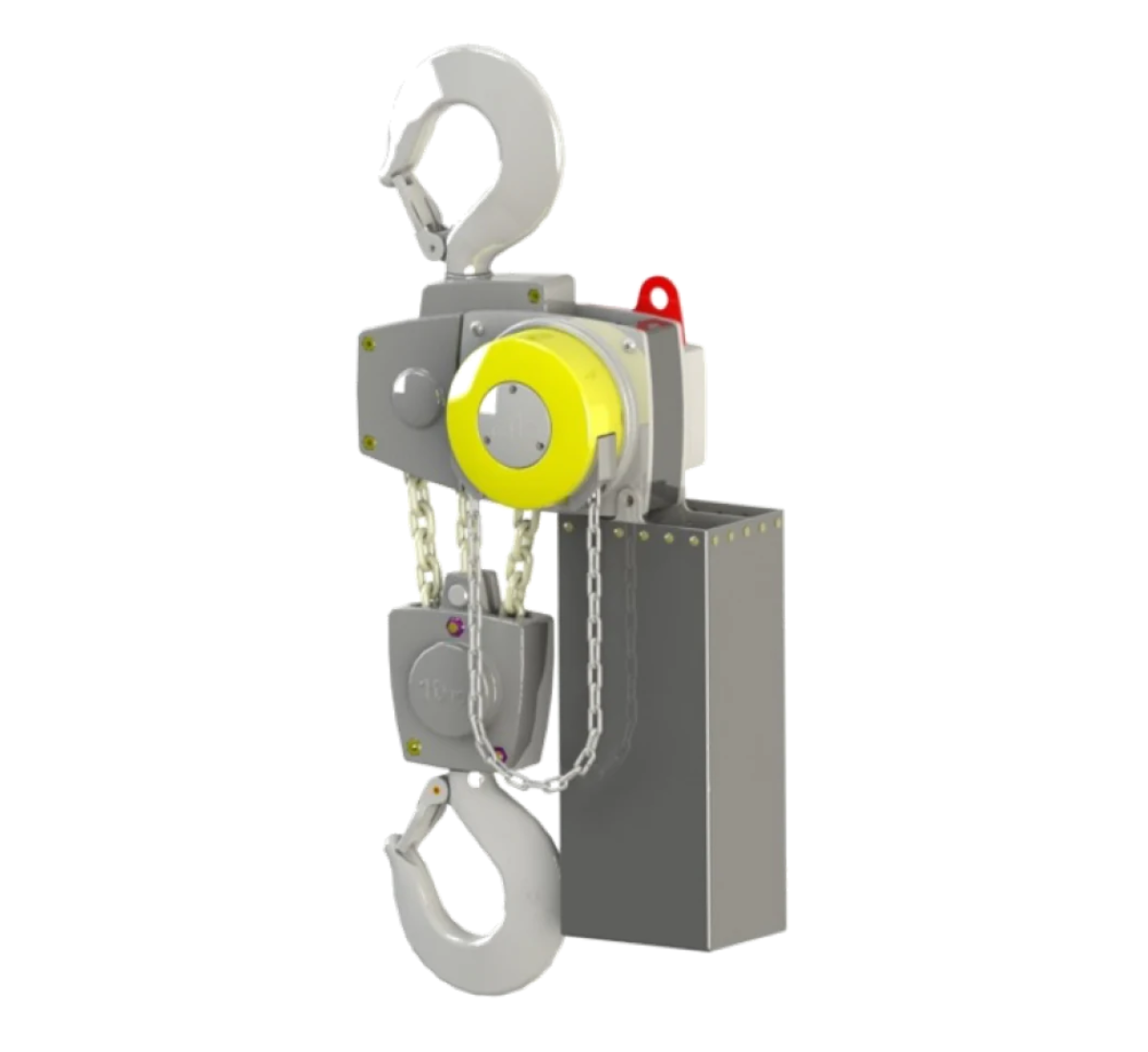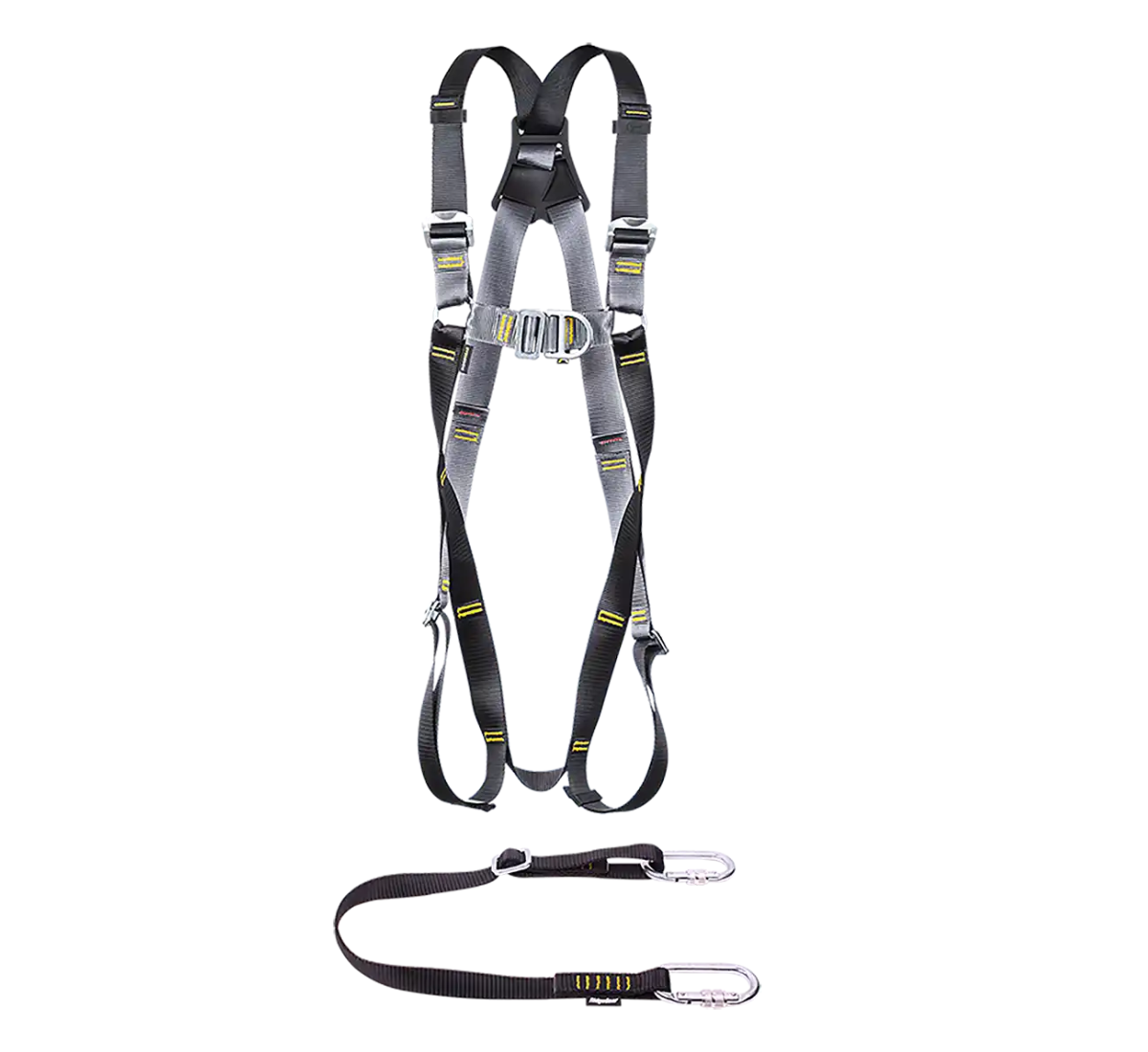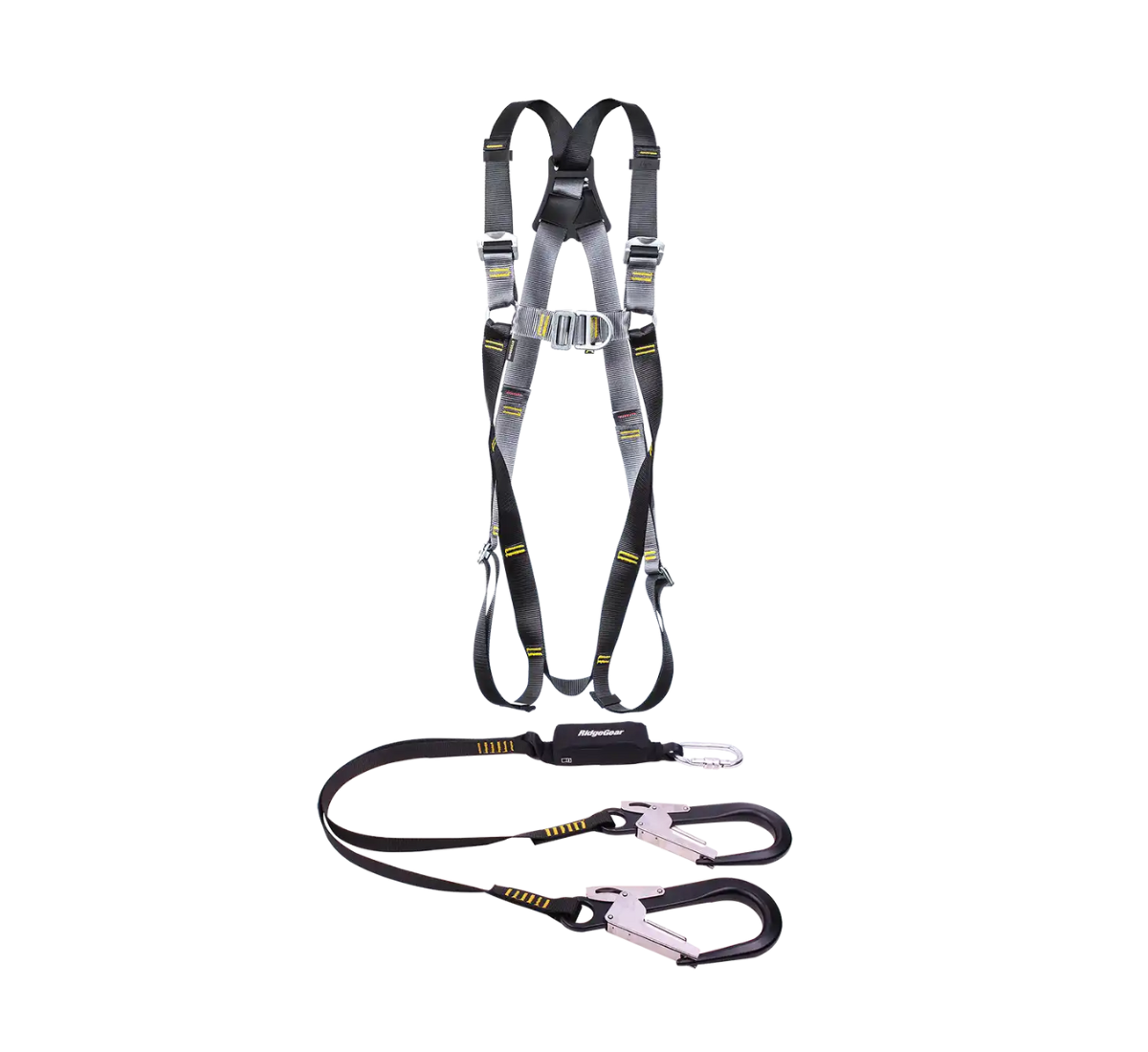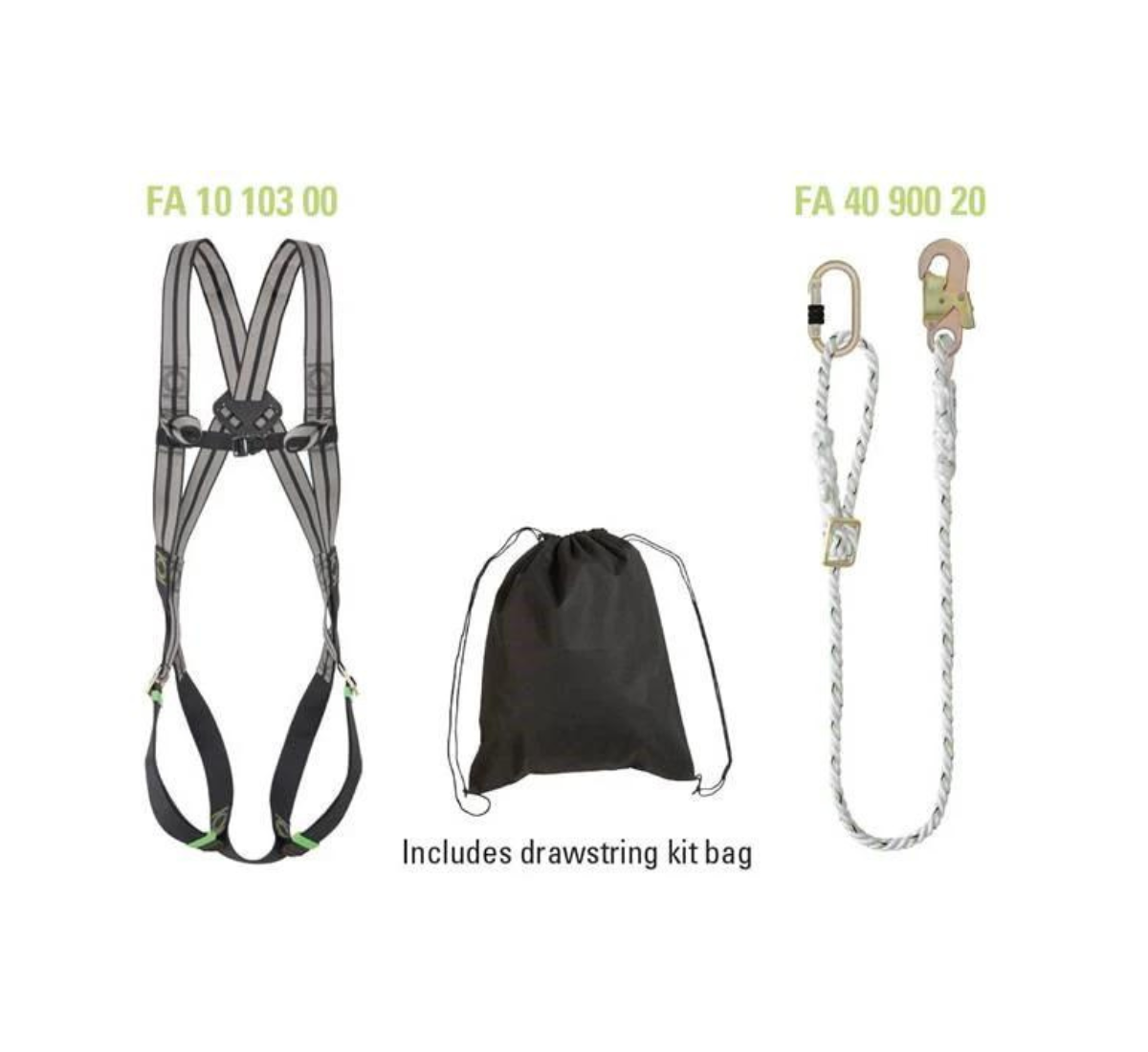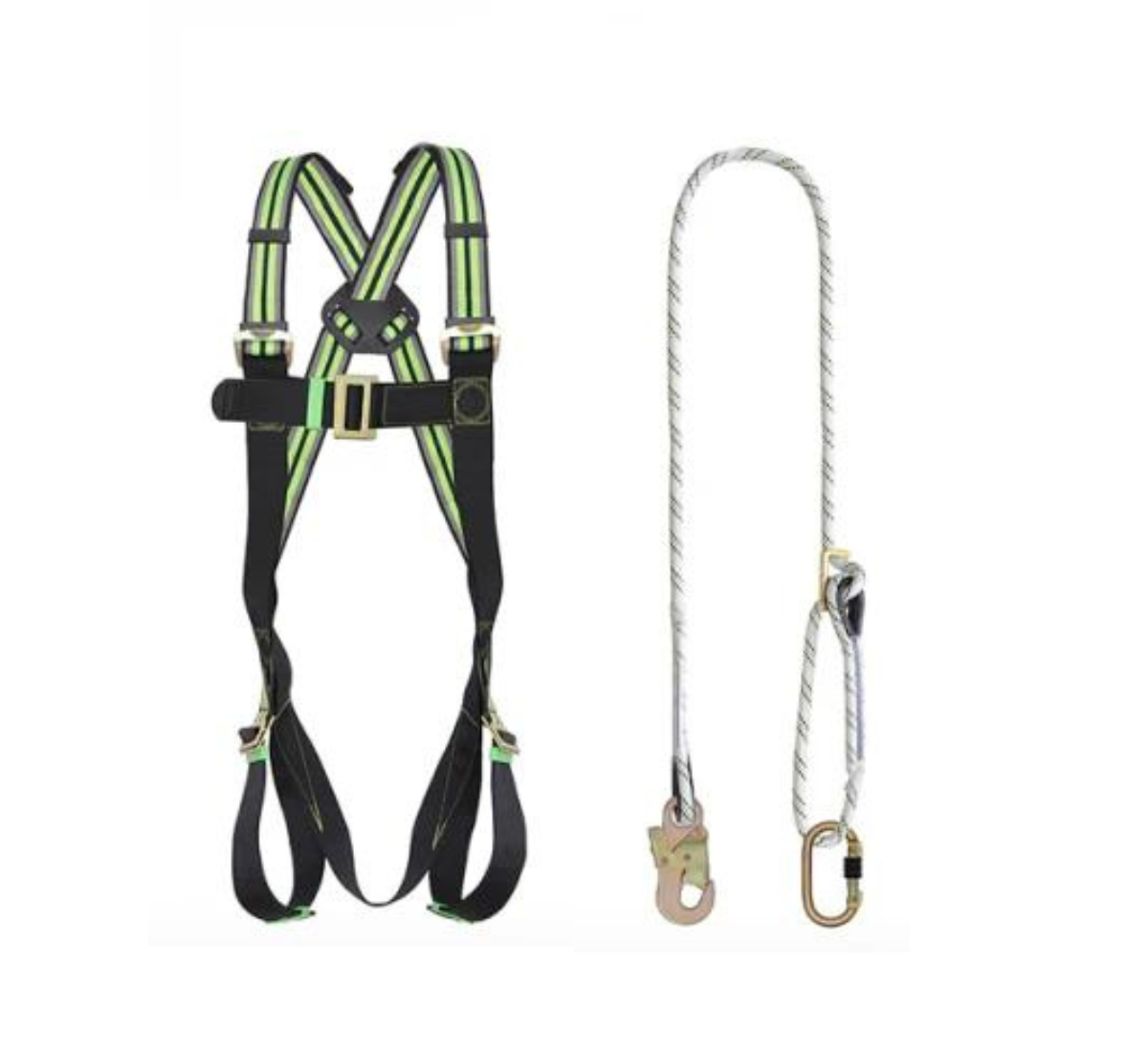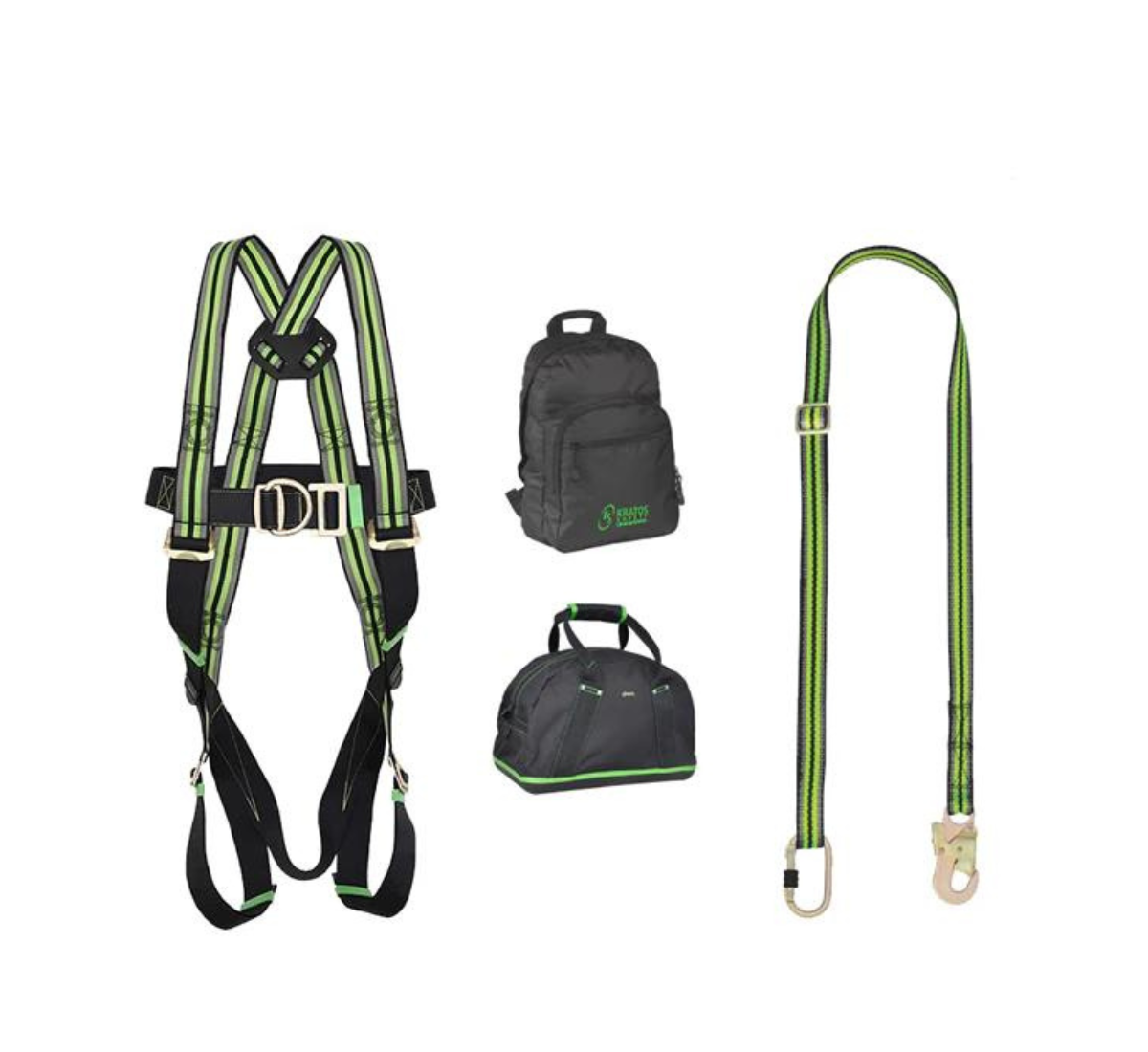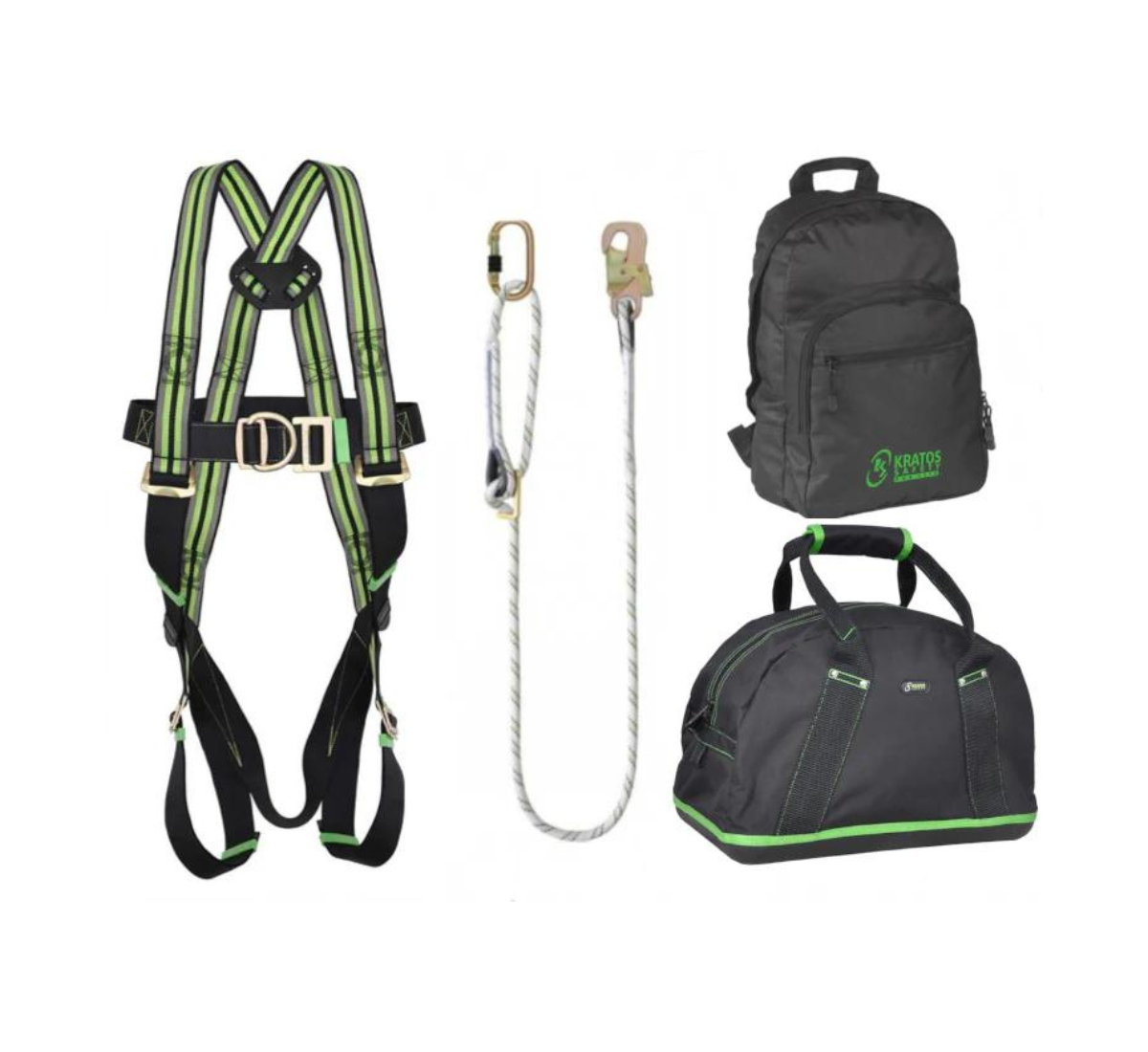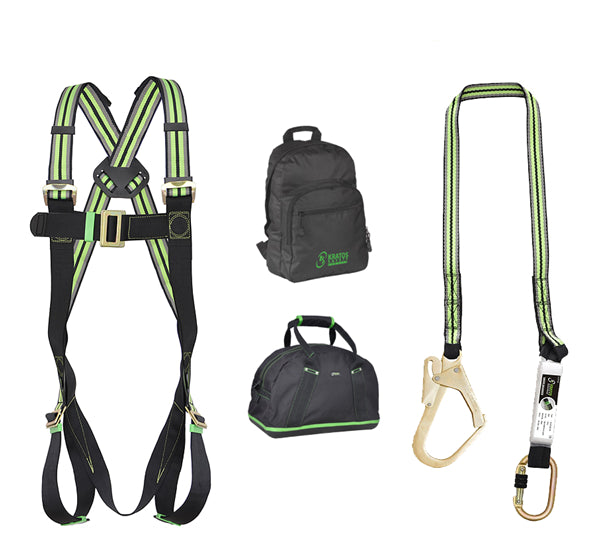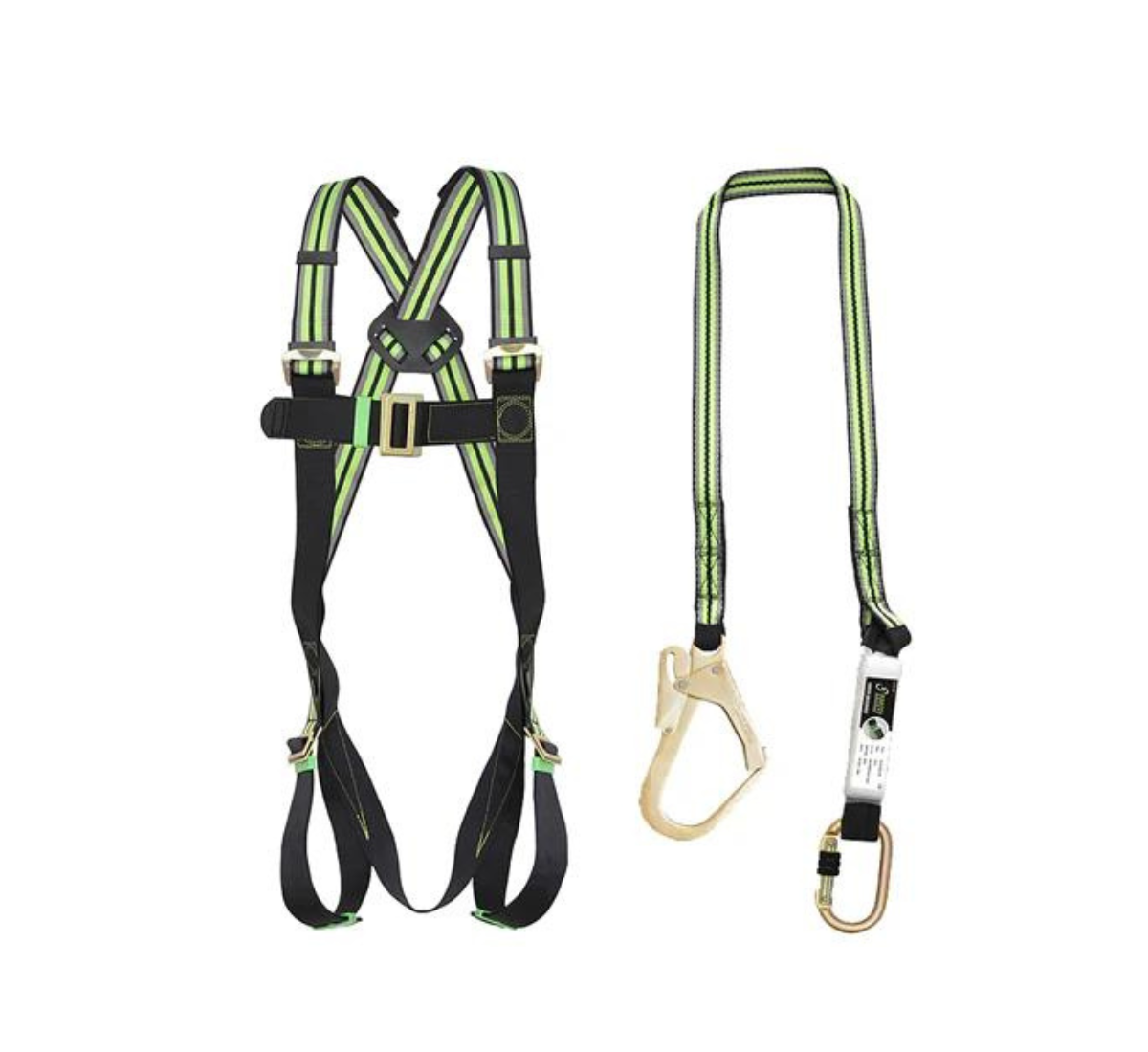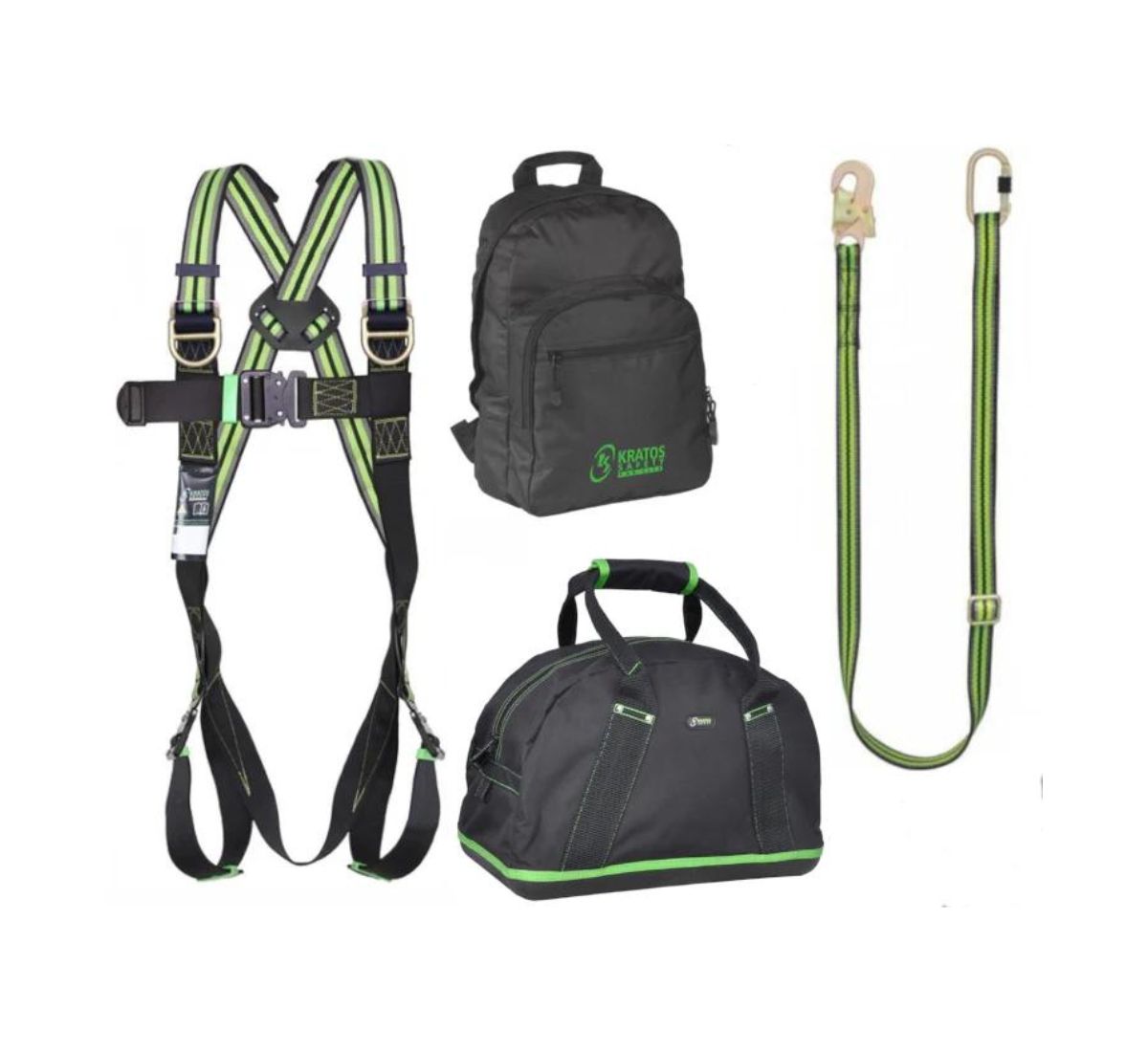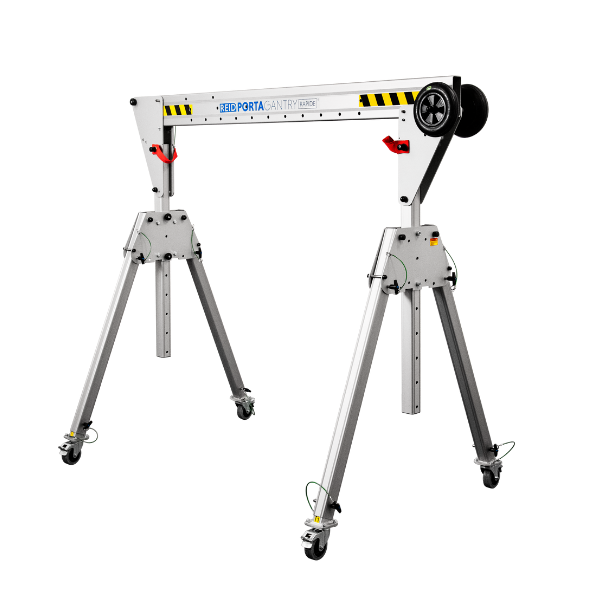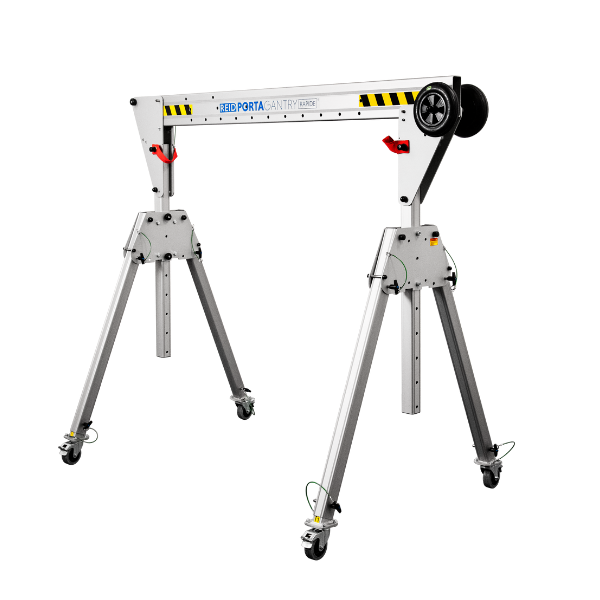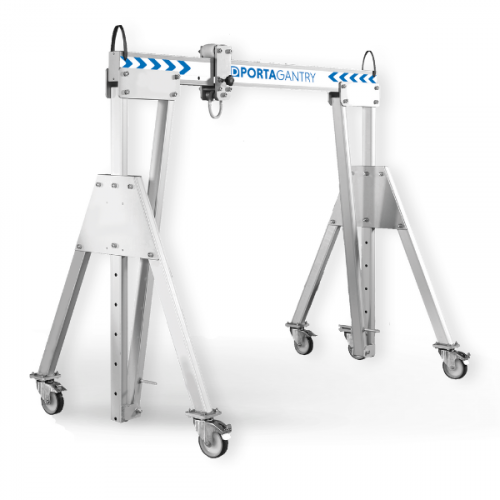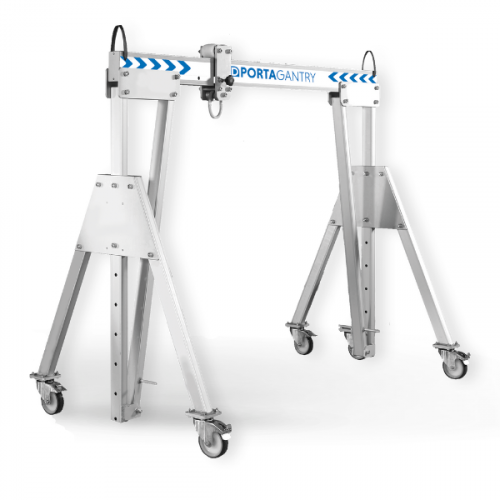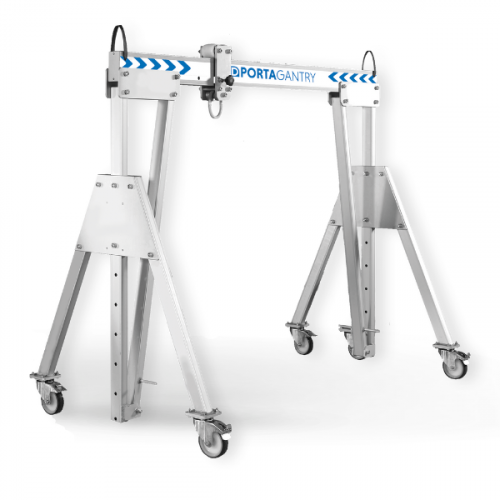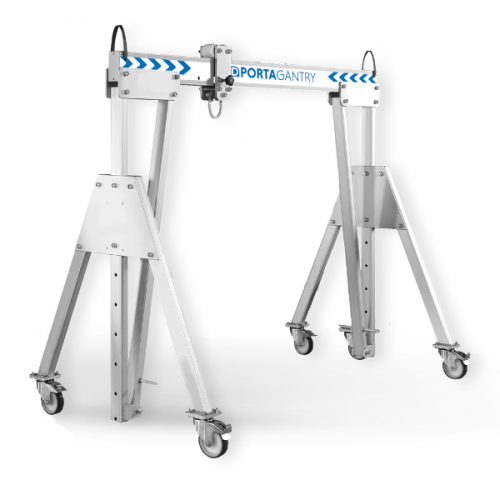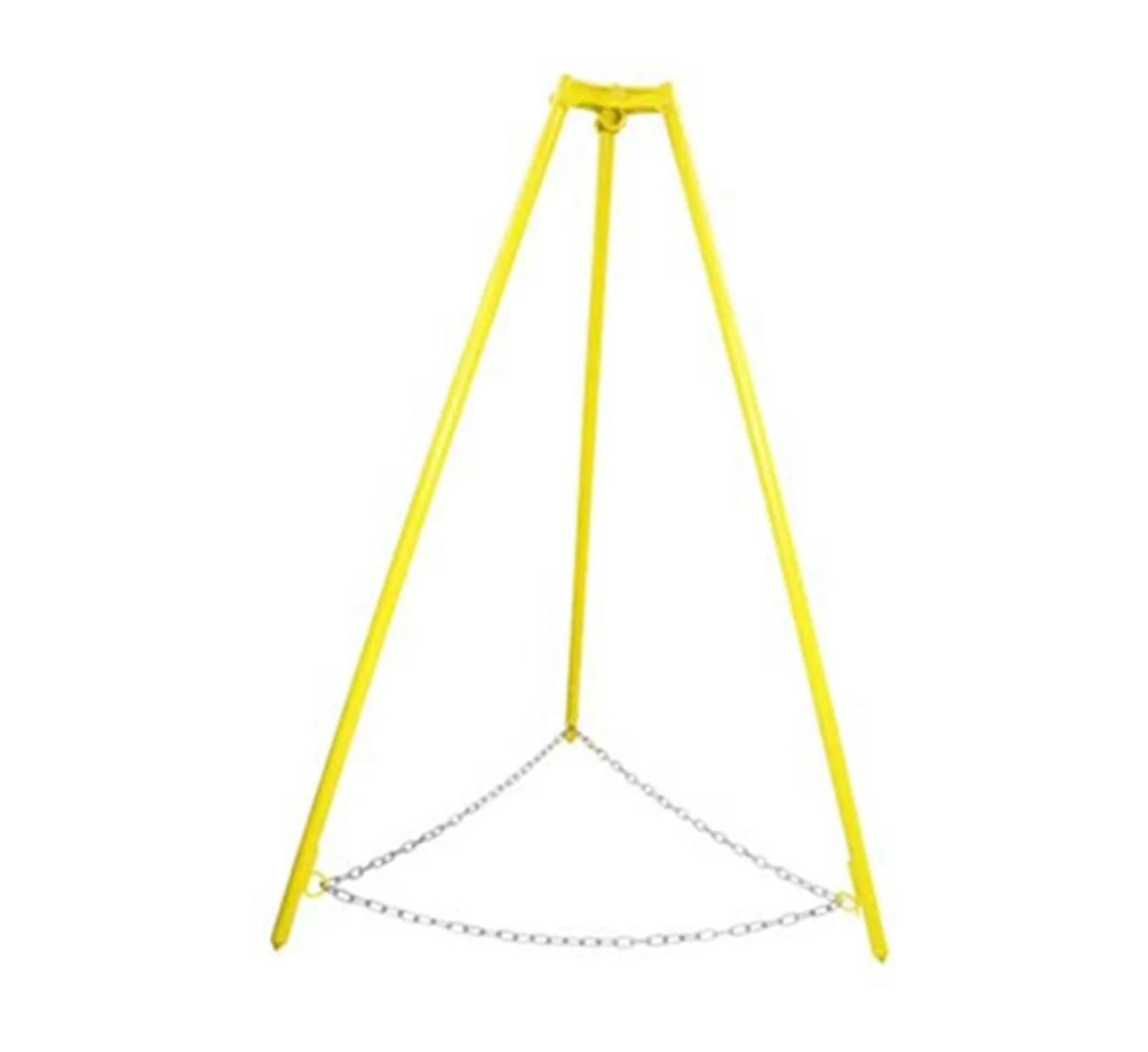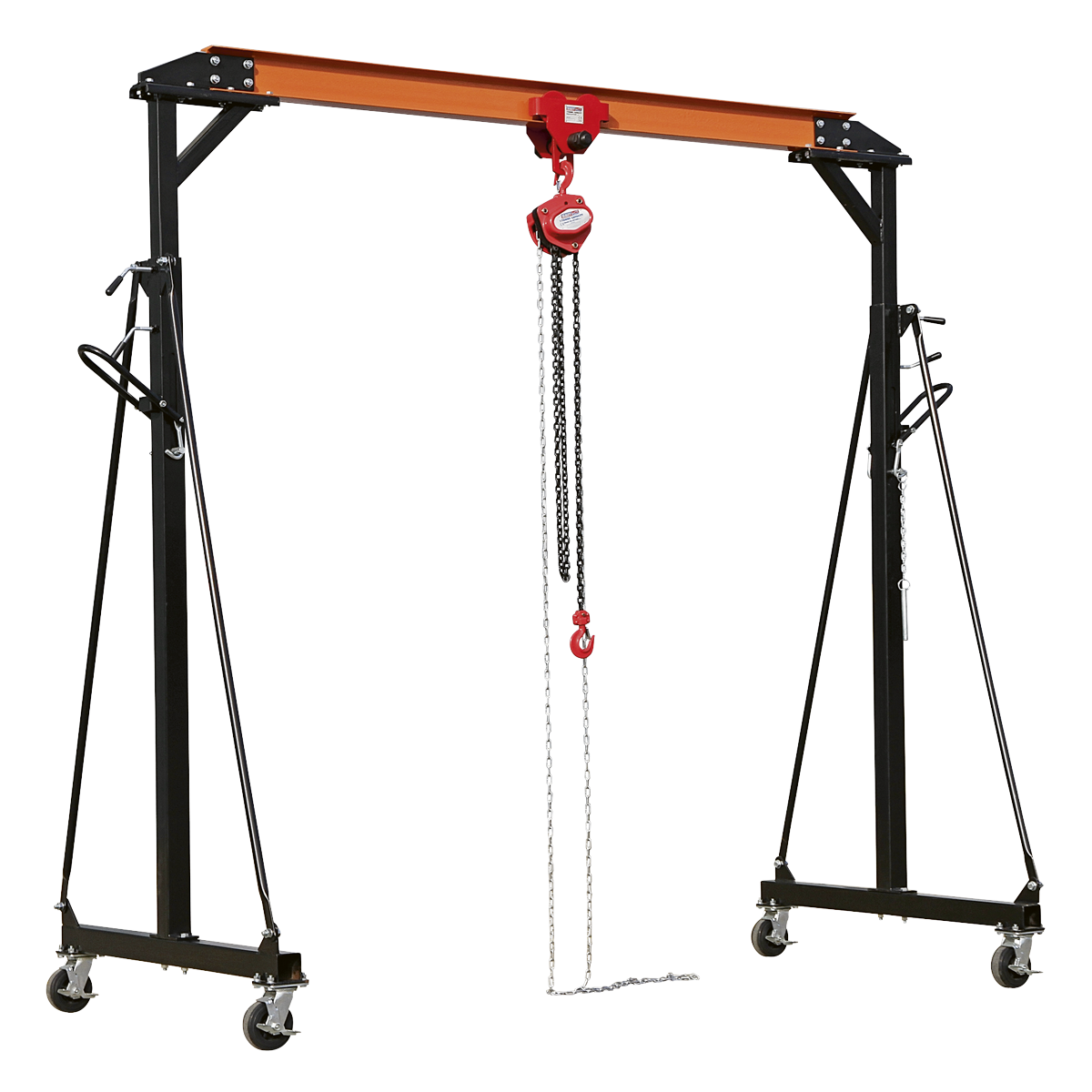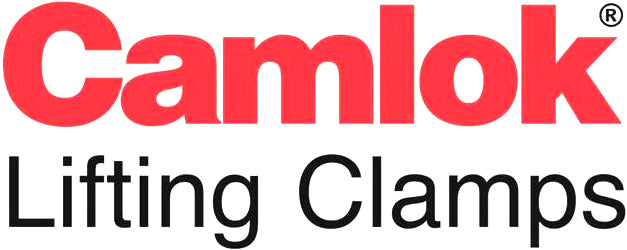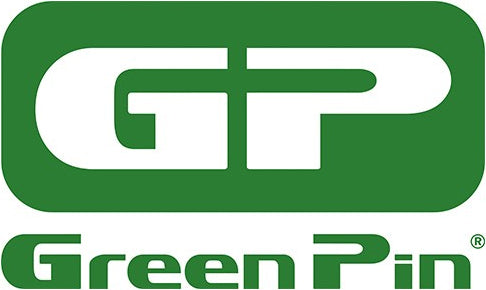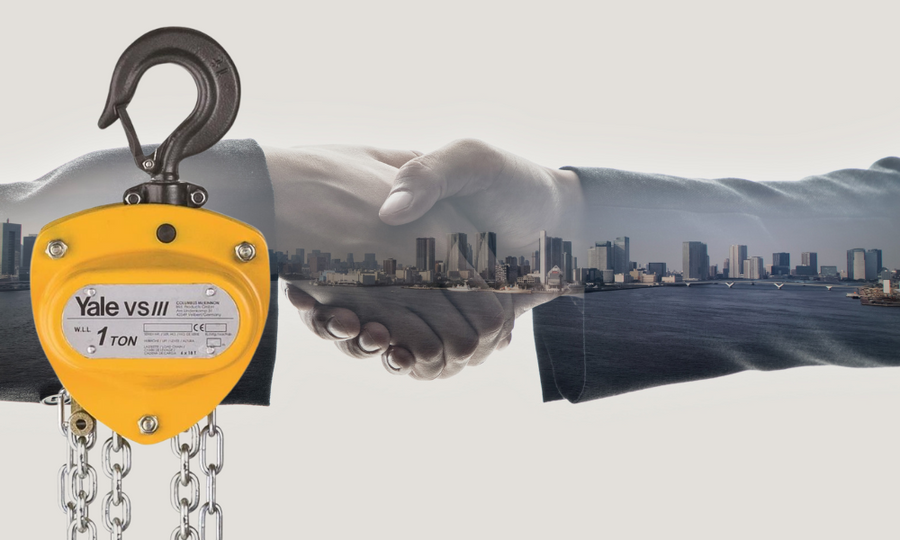Confined Space & Rescue
Confined spaces present unique challenges for workers in various industries, from construction to manufacturing and petrochemicals. The confined space and rescue industry is dedicated to ensuring the safety of workers in enclosed or restricted environments where hazards such as limited access, toxic gases, or unstable structures pose significant risks.

Confined spaces present unique challenges for workers in various industries, from construction to manufacturing and petrochemicals. The confined space and rescue industry is dedicated to ensuring the safety of workers in enclosed or restricted environments where hazards such as limited access, toxic gases, or unstable structures pose significant risks. Enclosed areas can include tanks, silos and tunnels, all with their own unique risk factors to consider.
Specialised teams equipped with advanced training and equipment, including hoists, harnesses and communication devices, are deployed to respond to emergencies and extricate individuals in distress. Confined rescue operations are complex and lifting equipment plays a critical role in these rescue efforts, providing essential support for lifting, lowering and manoeuvring both rescuers and victims.
This industry plays a vital role in various sectors and by implementing stringent safety protocols, conducting thorough risk assessments and providing timely and effective rescue operations, confined space and rescue companies are able to protect lives and prevent accidents in confined spaces.
LIFE-SAVING LIFTING EQUIPMENT AND ACCESSORIES
Tripods and Davits
Application: Tripods and davits serve as anchor points for hoisting systems, allowing rescuers to safely lower or raise workers into and out of confined spaces.
Features: These devices are designed to withstand heavy loads and provide stability in challenging environments.
Hoists and Winches
Application: Hoists and winches are used to lift or lower personnel and equipment into confined spaces, facilitating safe and reliable access and extraction.
Types: Electric, hydraulic and manual hoists all have unique features that make them suitable for different situations. They provide various options for controlling speed and load capacity, ensuring much needed flexibility in rescue operations.
Stretchers and Harnesses
Application: Stretchers and harnesses are essential for securing and mobilising victims, particularly when injury might prevent movement, during rescue operations.
Features: Stretchers and harnesses for confined space recovery are specially designed to distribute weight evenly and prevent any further potential injury during extraction.
APPLICATIONS AND CHALLENGES
Confined space and rescue operations are needed in a variety of industries such as construction, manufacturing and petrochemicals. Many large construction projects involve underground tunnels, trenches and excavations. All of these undertakings present challenging environments and potentially hazardous spaces.
In manufacturing facilities, the confined spaces are slightly different, often being storage tanks and vessels. However they still require robust rescue protocols to ensure worker safety. Similarly, refineries and chemical plants often have confined spaces, however they involve further potential hazards such as toxic gases. This necessitates specialised rescue equipment and procedures.
The operational challenges to rescue missions in these hazardous environments can be lethal, and so employing the correct equipment is imperative. With limited access such as narrow openings or difficult terrain, lifting equipment often needs to be compact and manoeuvrable. Safety risks such as hazardous atmospheres, unstable structures and potential entanglement hazards each pose unique challenges.
Lifting equipment must be suited to the task, with different features such as robustness or stability taking priority. Lastly, most confined space and rescue operations are extremely time sensitive. They require swift and decisive action to minimise the risk of injury or fatality. Forward planning and precautions are essential to necessitate the efficient deployment of suitable lifting equipment.
Confined Space & Rescue Collections
SAFETY REGULATIONSAND BEST PRACTICES
As with all operations employing lifting equipment,companies must follow strict regulations in order to ensure safety andefficiency. Regulations such as the LiftingOperations and Lifting Equipment Regulations (LOLER) ‘98 and the Provision and Use of Work EquipmentRegulations (LOLER) ‘98 require the regular maintenance and inspection ofequipment, as well as the appropriate training for anyone operating it. Inaddition to these regulations, the confined space and rescue industry has itsown unique regulations to ensure additional safety protocols.
The Confined Spaces Regulations ‘97 are enforced by HSE and are crucial guidelines to ensuring the safety of workers in confined spaces. These regulations mandate rigorous risk assessments, adequate training, and the implementation of safety measures. This mitigates hazards such as limited access, toxic atmospheres and engulfment risks. Compliance with these regulations is vital to prevent accidents, injuries and fatalities in confined spaces, emphasising the importance of thorough planning, proper equipment and effective emergency response protocols. By adhering to the relevant regulations companies can prioritise worker safety, reduce liability and create a safer working environment.
Any confined space and rescue operation requires proper trainers for rescuers and workers entering confined spaces. This is essential for understanding rescue procedures, equipment operation and hazard recognition. It is also vital that companies have comprehensive emergency response plans, including confined space rescue protocols, to ensure effective coordination and response in the event of an incident.
